
















provides a platform for contributors to our monthly meetings to display the work they have shared. Contributors have curated their own images and provided the accompanying text making this a collaborative group venture.


18th October 2025 —Meeting via Zoom
Chaired by Patricia Ruddle
Contributors:
Philip Pearce
Carol Olerud
Adrian James
Michel Claverie
John Elvin
Morris Gregory
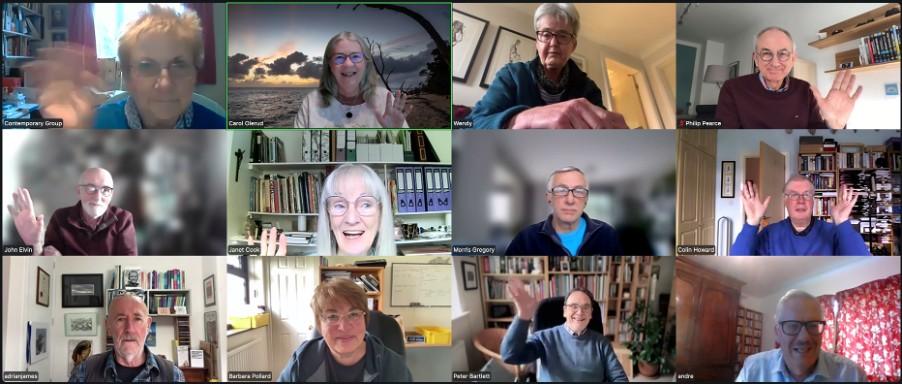
Images and content of this publication are the copyright of the photographer unless stated otherwise
On Saturday, October 11, the exhibition IndustrielART-EN opened at the Haus Kemnade Museum of Cultural History in Hattingen, North Rhine-Westphalia, Germany, attracting well over 400 visitors during its opening weekend. The exhibition features photographic artist Philip Ian Pearce, in collaboration with a sculptor, both presenting their perspective on production and craftsmanship in factories of the Ennepe-Ruhr district.
At the opening ceremony, Pearce, in conversation with his interviewer from the Museum of Cultural History, revealed details about the artworks and their creation, which resonated emotionally with the visitors and allowed them to grasp the artists' approach.
Visitors can expect to see nearly 60 artworks, some large-format, offering a striking and unusual interpretation of industry, innovation, and craftsmanship. For example, an industrial painter becomes part of the artwork himself, while an industrial worker in a sandblasting facility is transformed into an astronaut through artistic editing using the digital colour palette. The exhibition features sculptures that abstractly recreate details of industrial processes, which together with the photographic artworks, form a unified work of art.
Philip Pearce, whose work is characterised by analytical expressionism, aims to present production and craftsmanship to the public in a highly emotional way. It is important to him that his works emotionally touch the viewer and allow them to share his perspective.
The exhibition runs until January 4, 2026, and will then be shown at the Schwelm City Museum. From the end of May 2026, the exhibition will be on display at the Zeche Nachtigall Museum in Witten until approximately mid-September 2026.


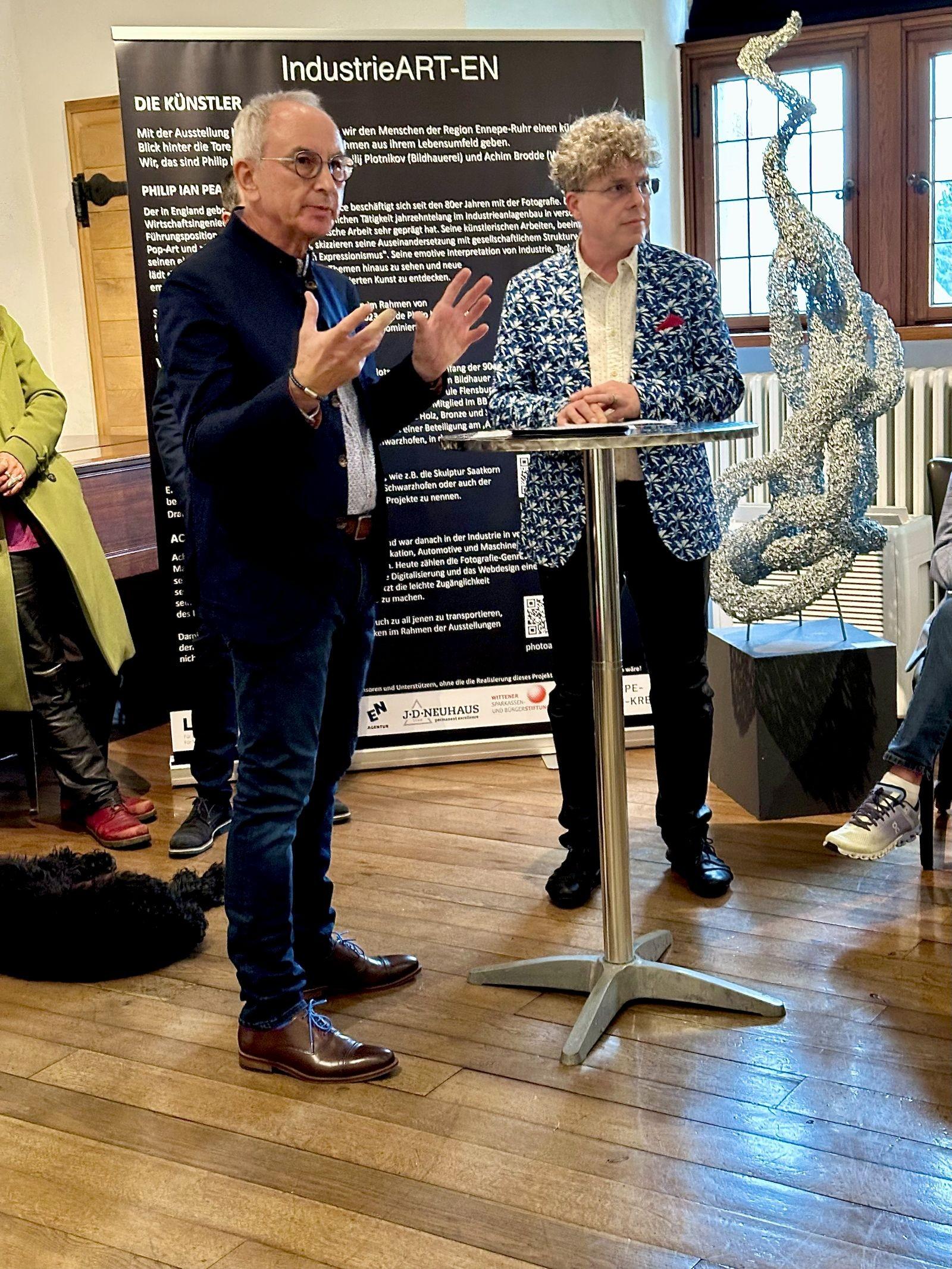

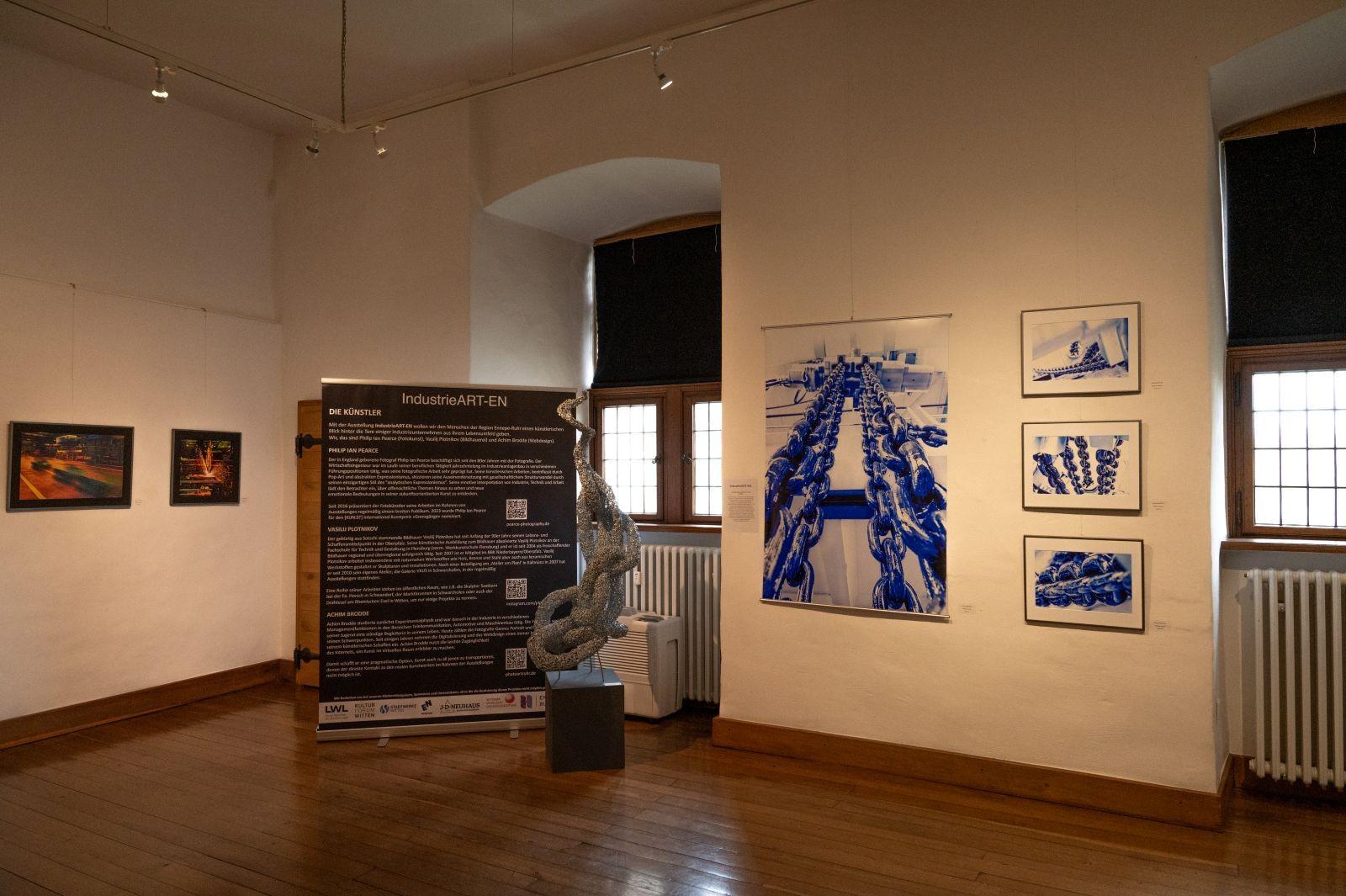


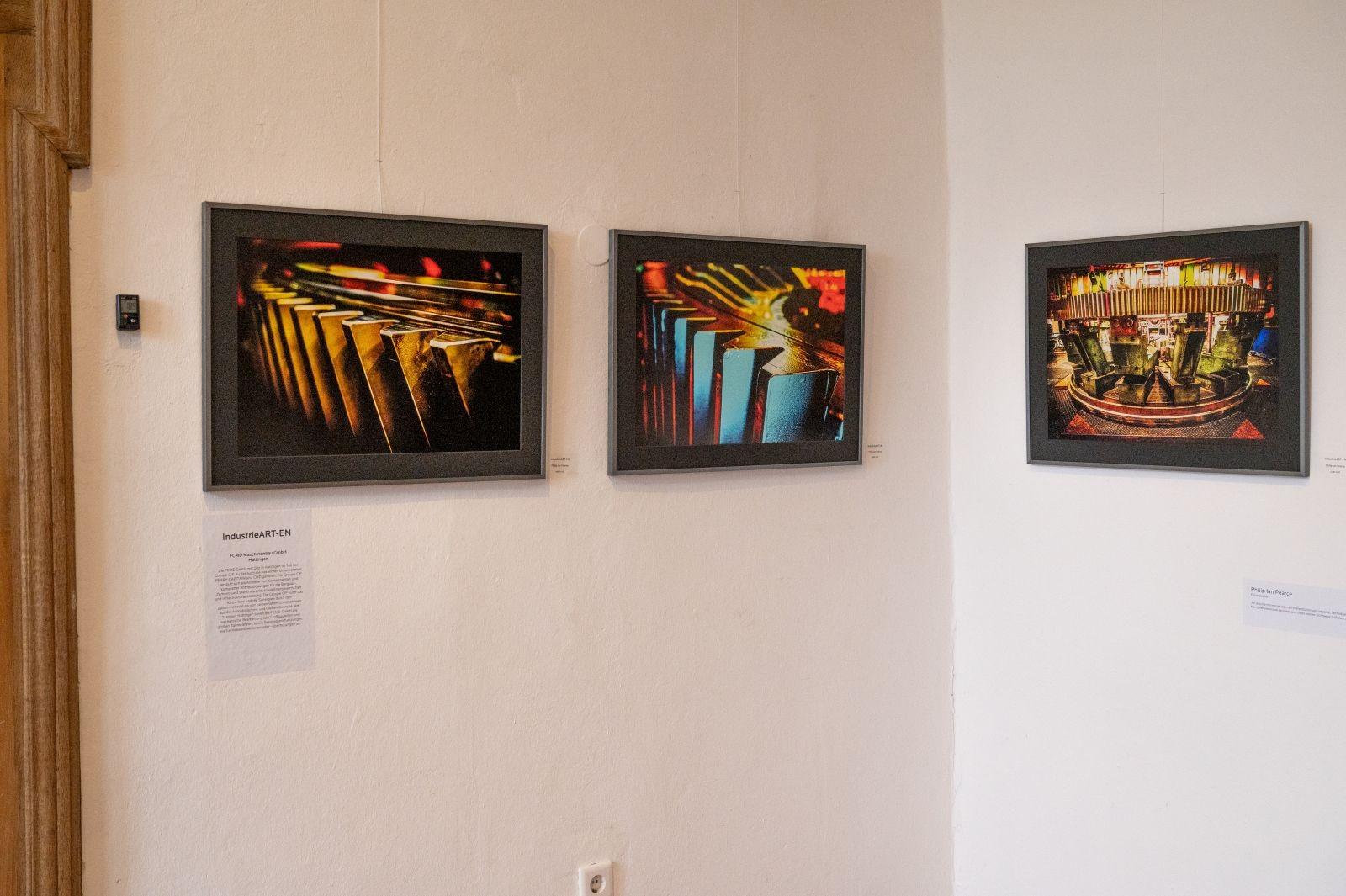


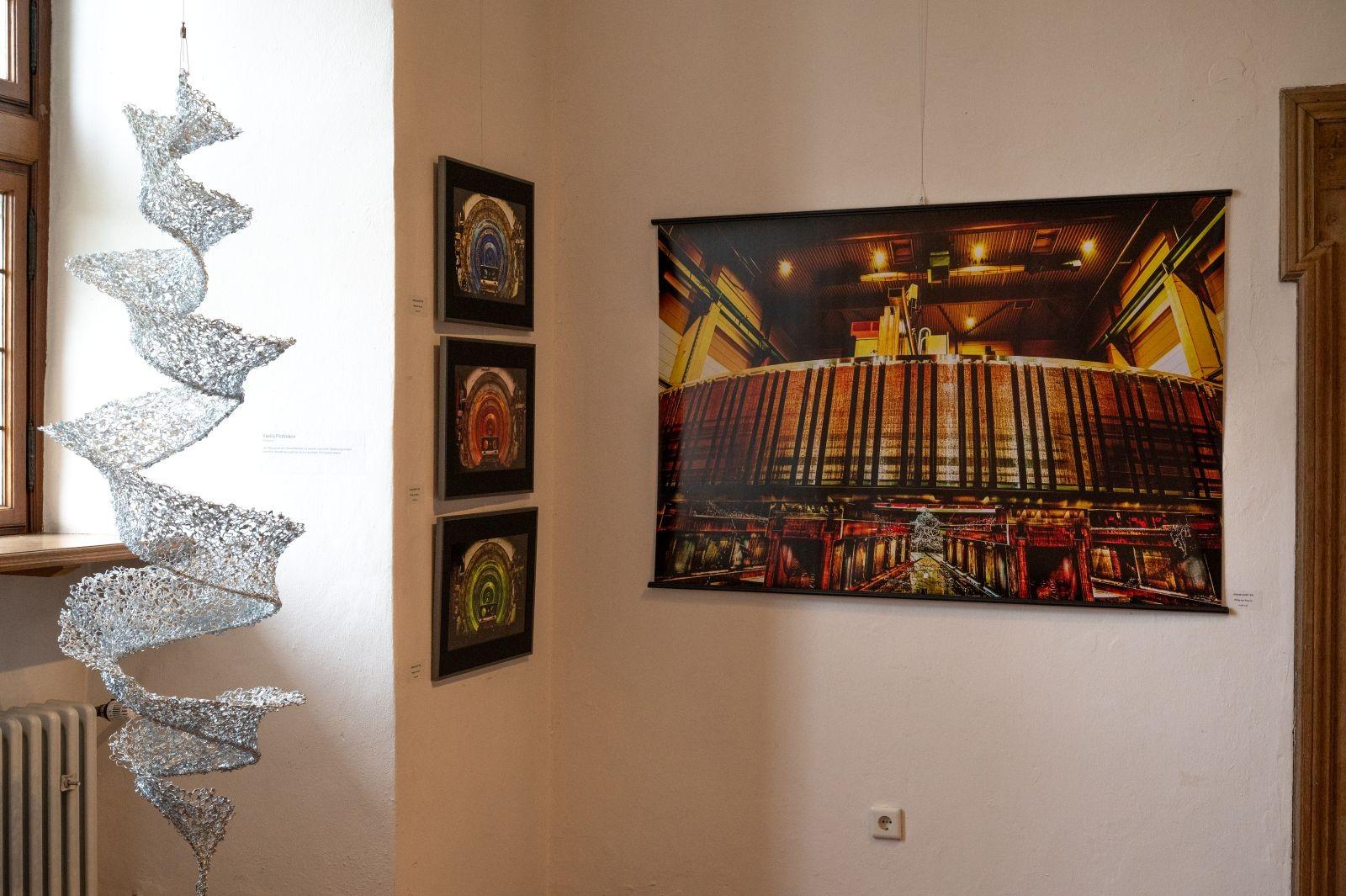
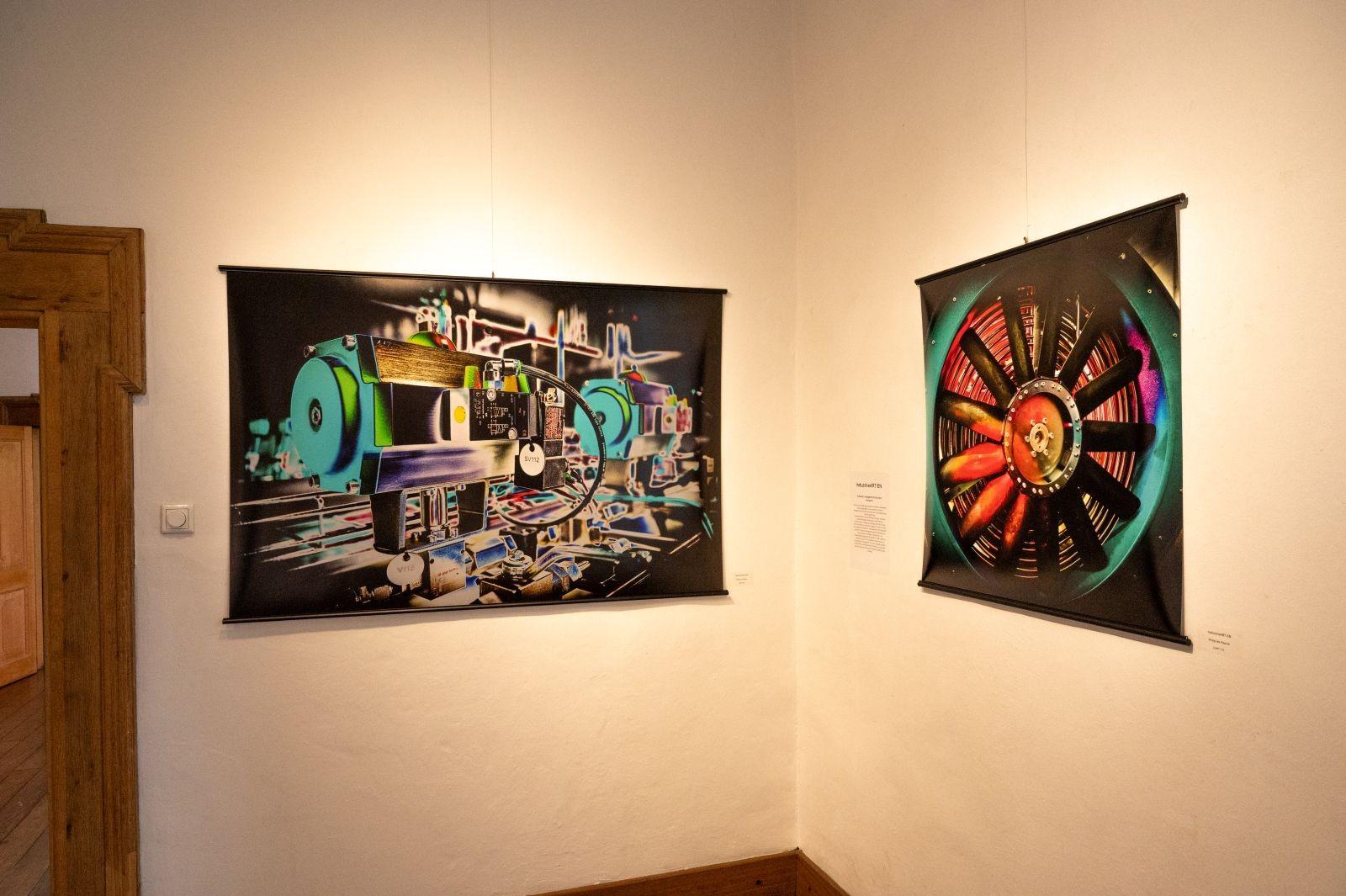
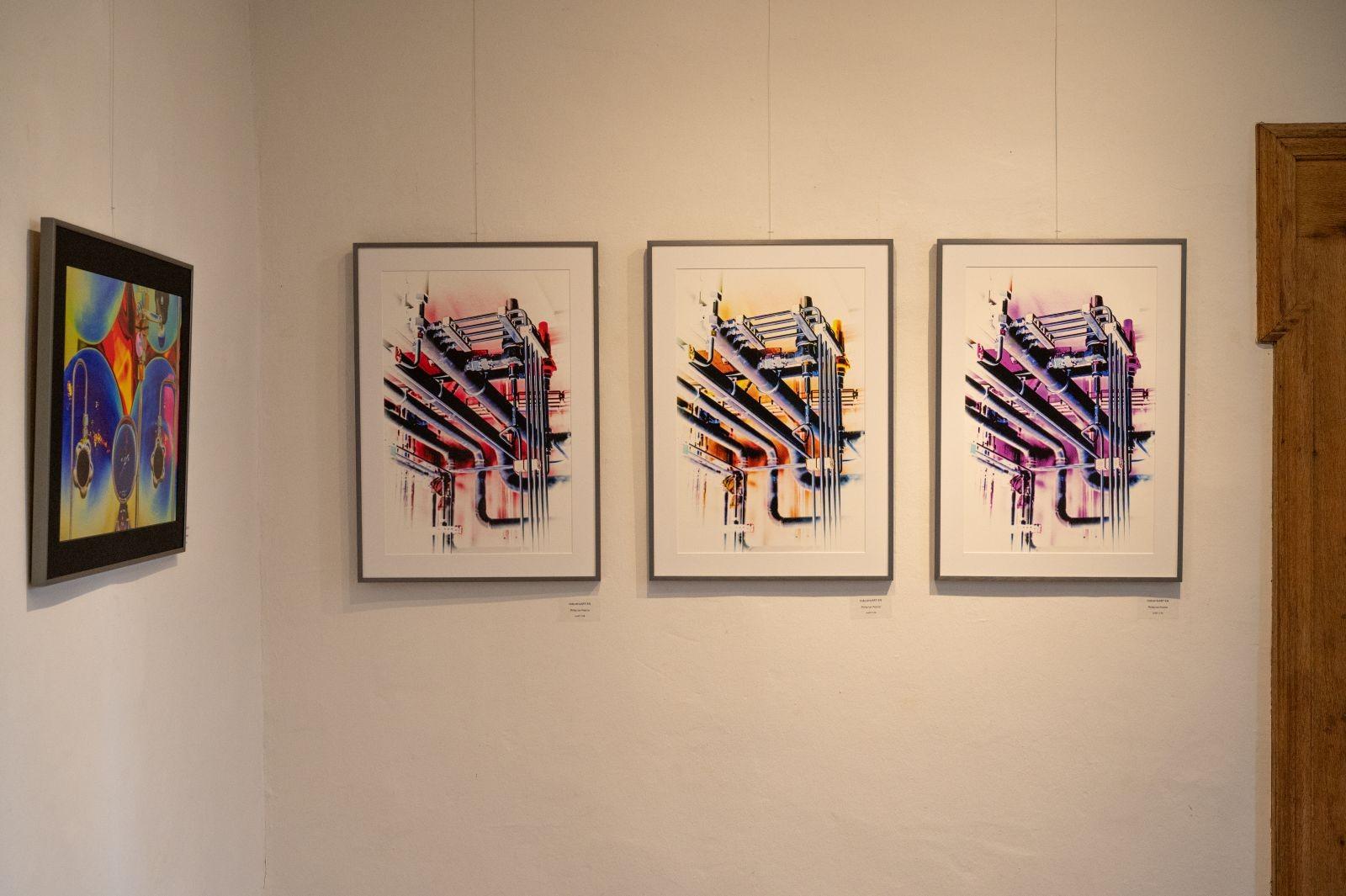

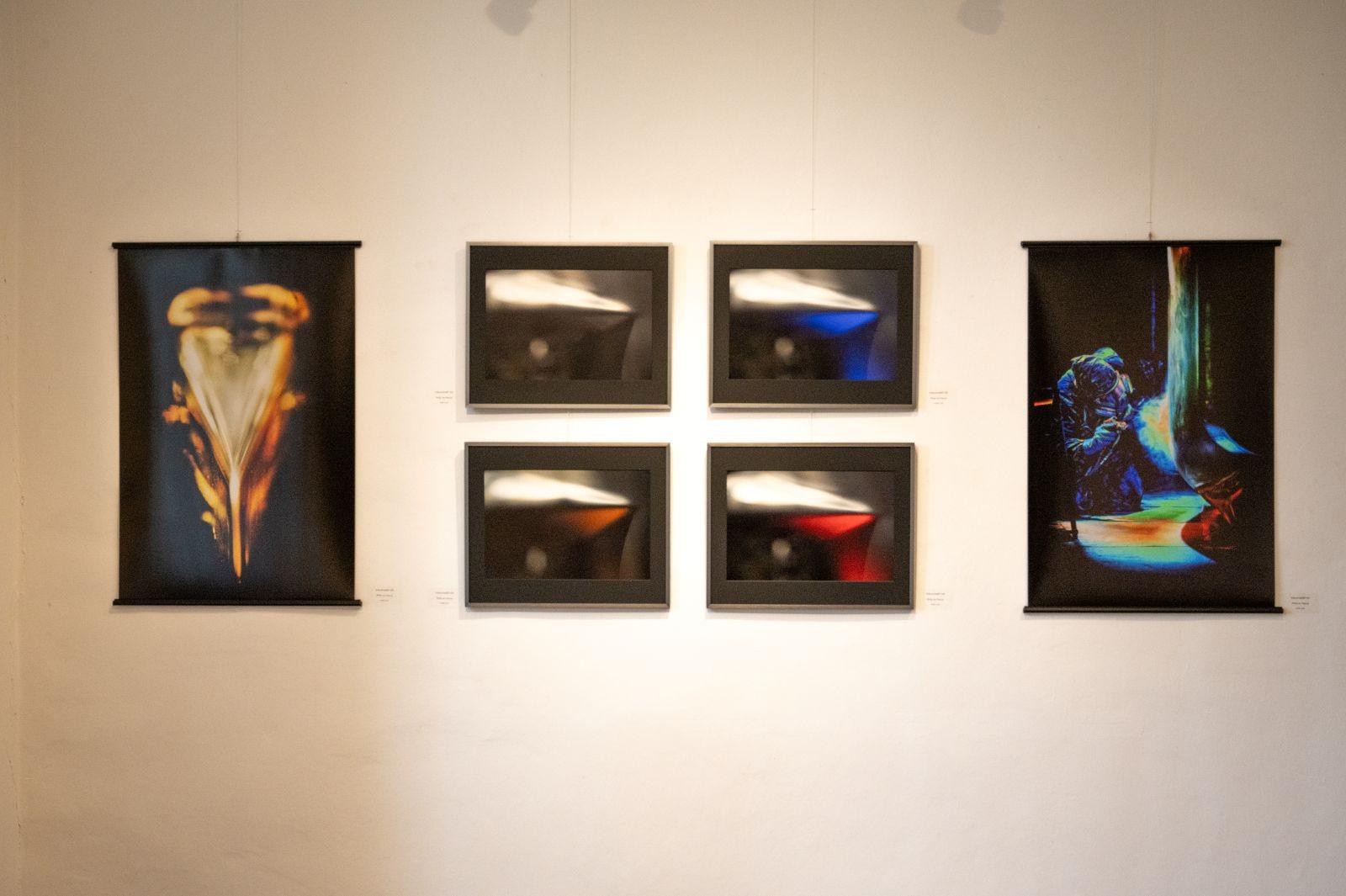
Midsummer in Sweden is an important tradition. Celebrated on Midsummer’s Eve - always on a Friday – this year it was 20th June 2025.
This is the first time I have had the chance to be in Sweden in June. Previously we couldn’t go as in the Netherlands the kids were always still in school.
Summer is celebrated by all!
They dance around a Maypole celebrating fertility. It actually is clearly a phallic symbol—traditionally, people were searching for a spouse!
People make their flower wreaths – usually by picking wild flowers.
You eat special foods, like pickled herrings, new potatoes with dill & sour cream.
You drink aquavit – if you like! And beer.
You sing special songs.
Most people go home to celebrate with their families.
This event was at Gamla Uppsala and you could see a lot of people from different origins.
Uppsala is a university city. My daughter had just finished studying her Research Master and her aunt lives close by so it was a perfect opportunity to finally be able to see and join in with the celebrations.
My photos are about this event, the joy, the experience, the flowers and summer time!
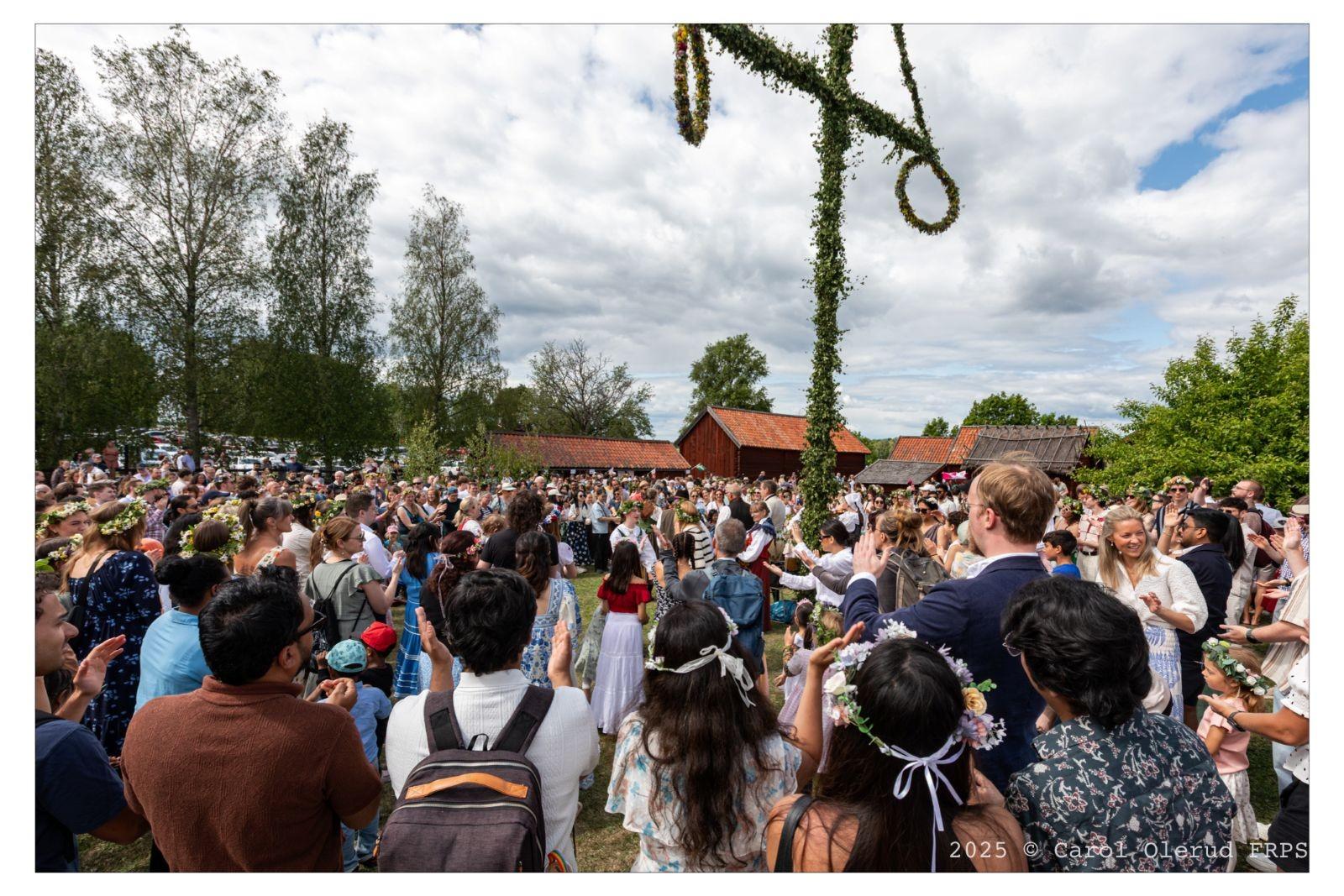
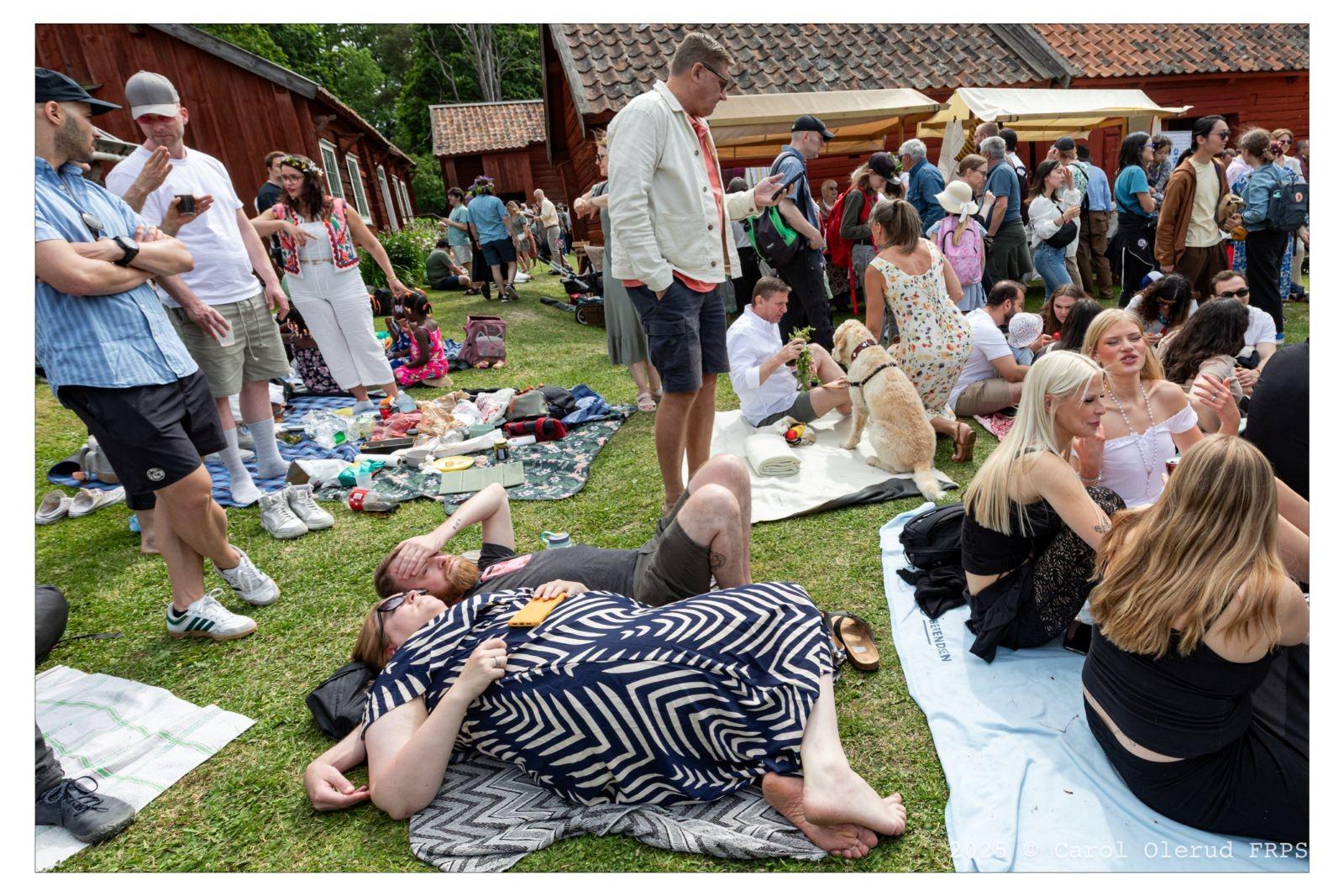

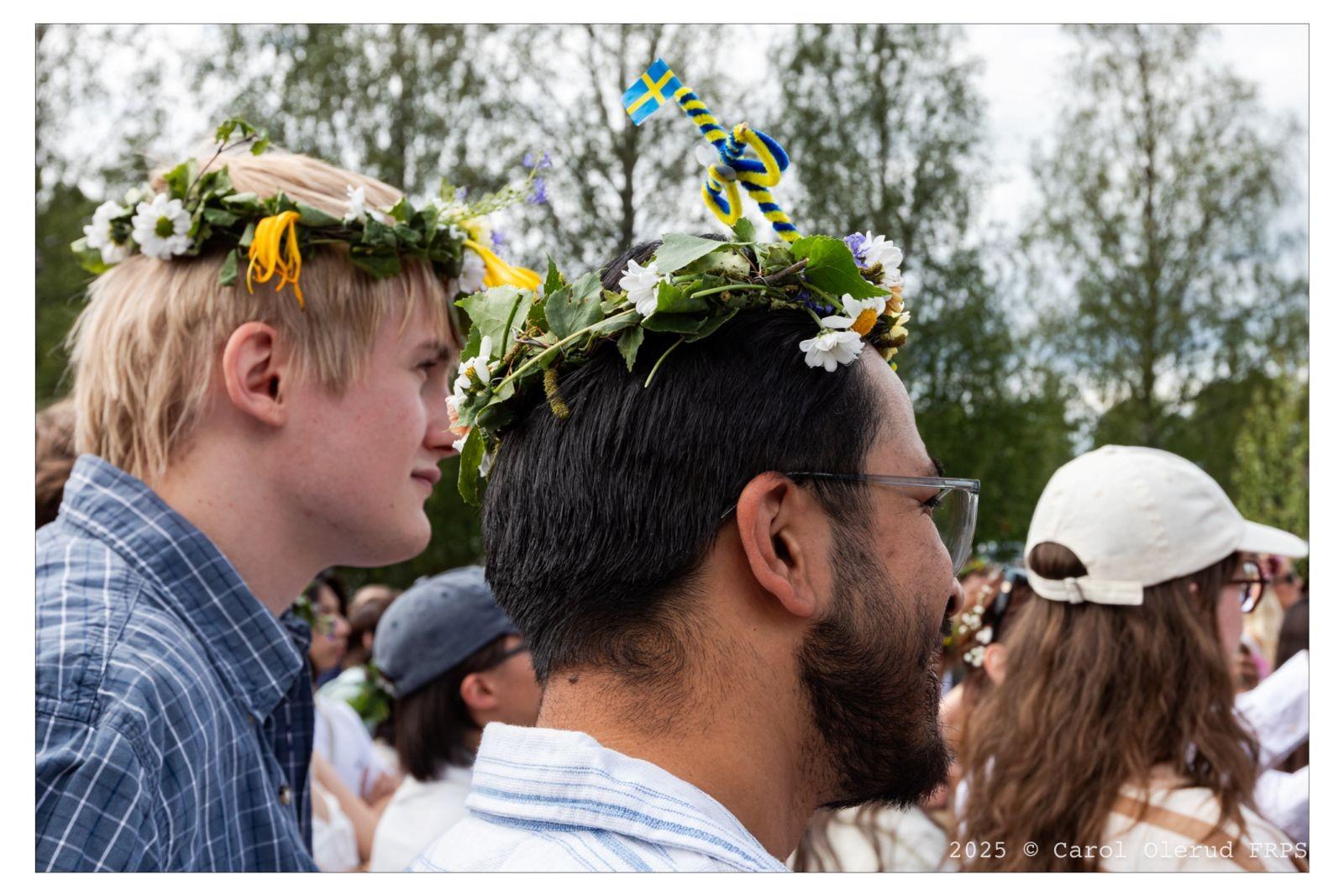

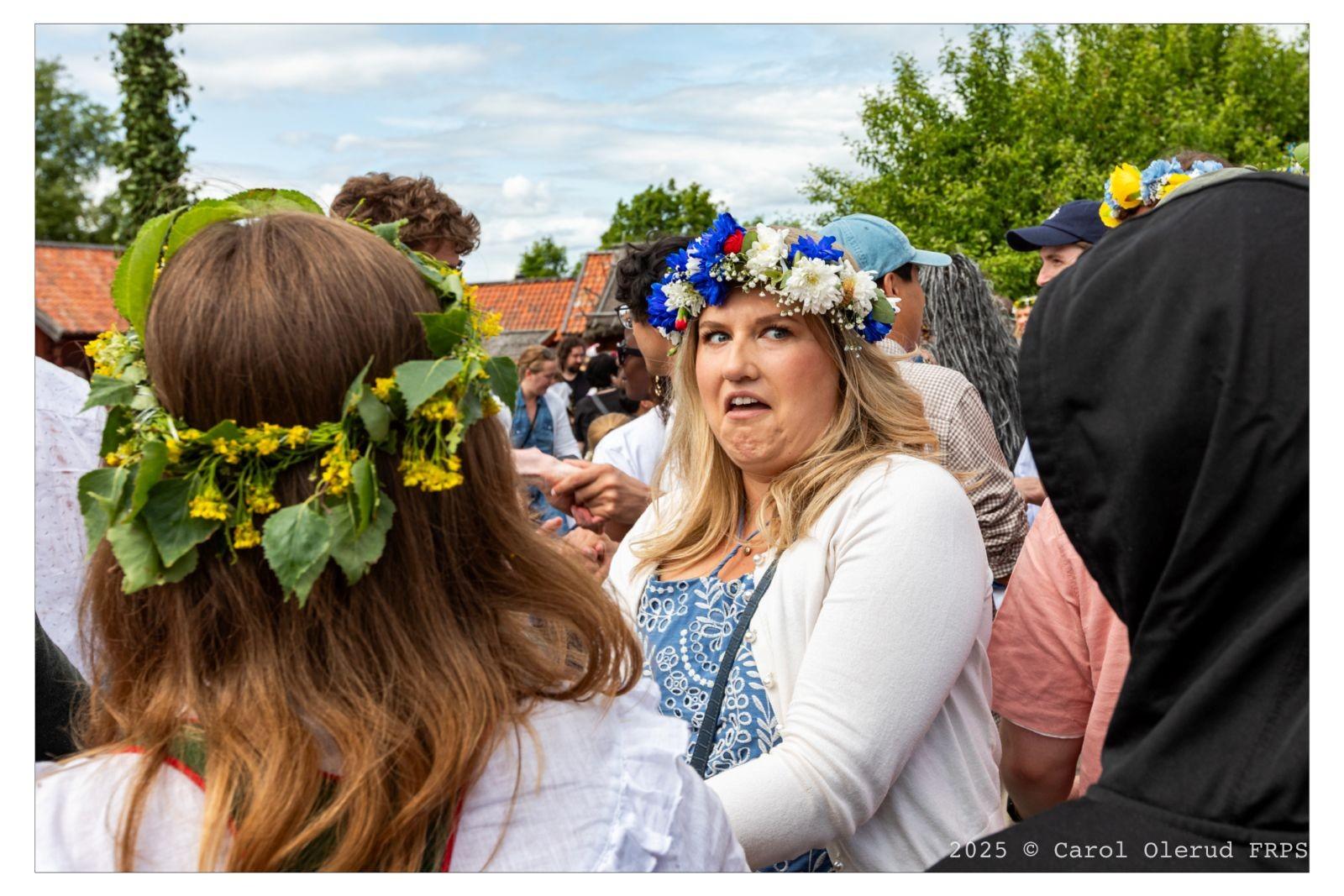
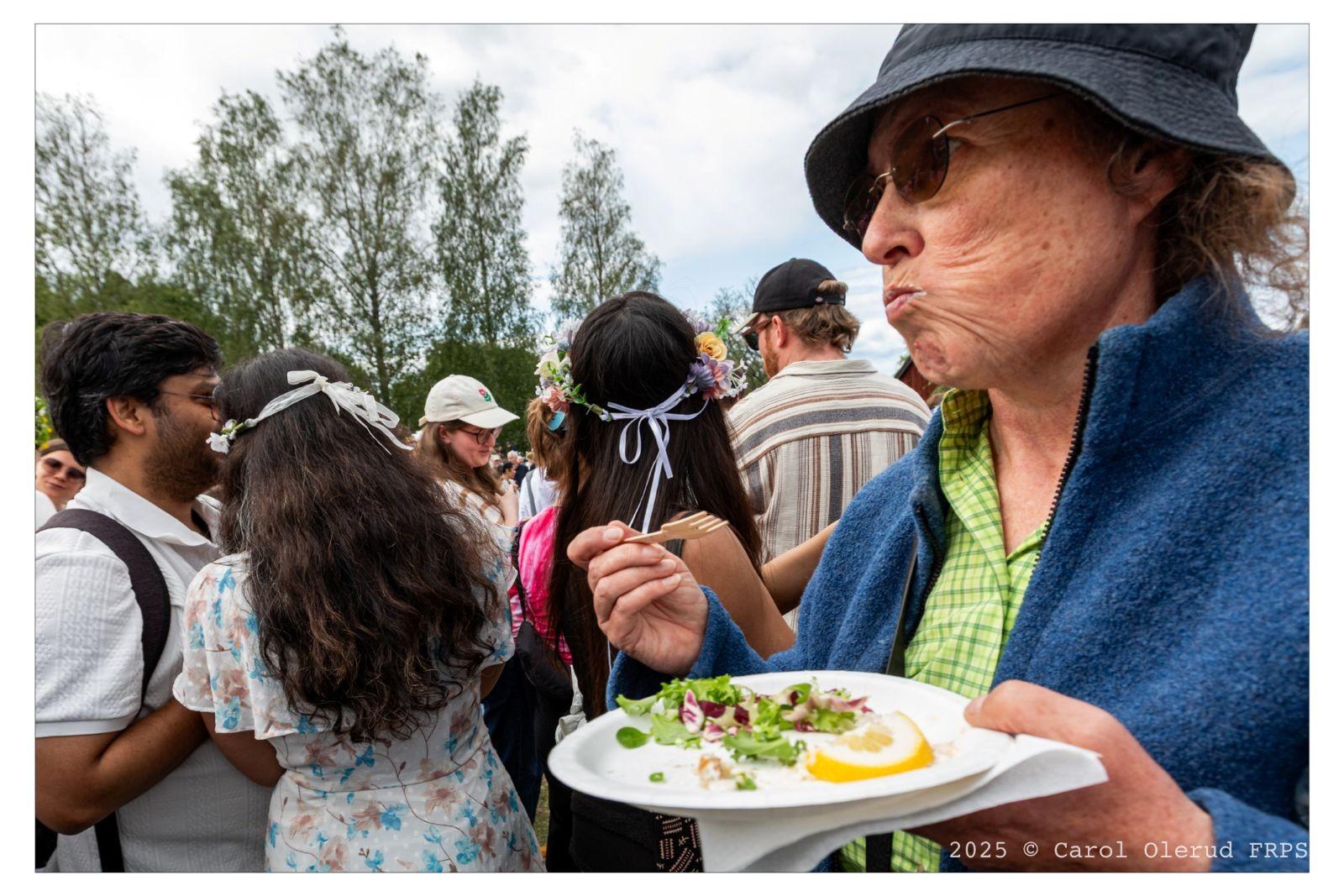
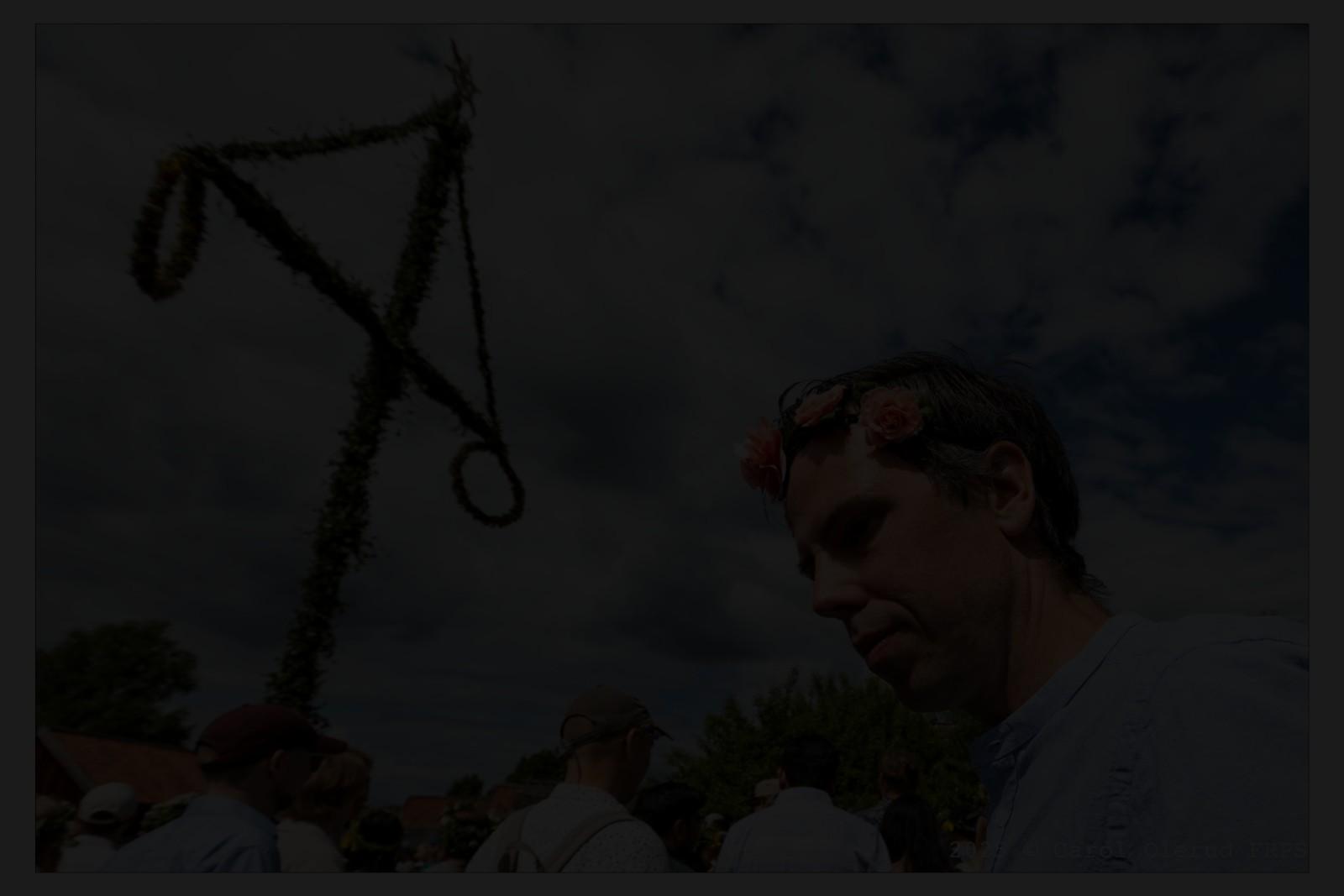
They dance around a Maypole celebrating fertility.
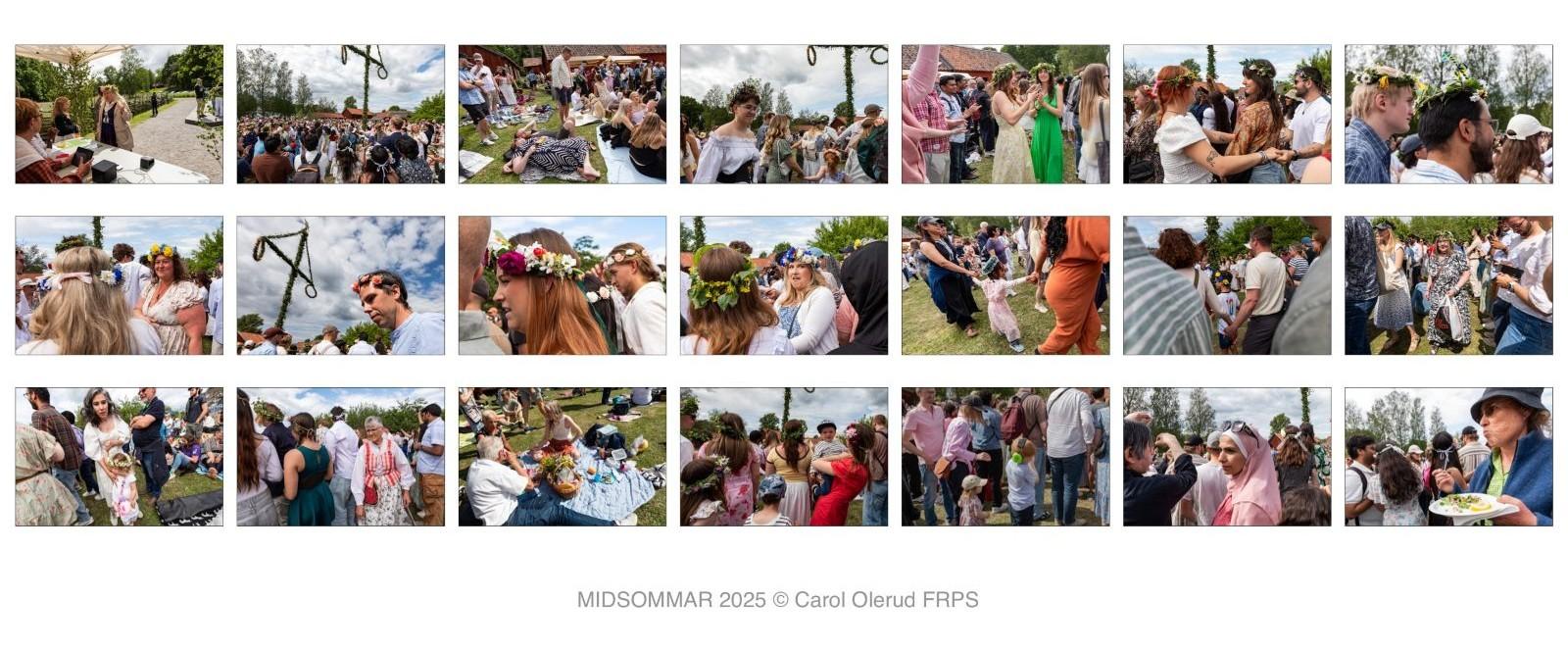
Adrian presented a book entitled “Minimalism: less is more … more or less!”, which he has recently produced *. Comprising a wide variety of some 80 images taken over a number of years, the title of the book reflects some of the ambiguity about precisely what constitutes minimalism in photography, the role played by negative space, and how it compares with similar approaches, such as abstract photography.
The aim of the presentation was not to encourage comment on individual images but rather to stimulate a discussion on the nature of minimalism and the extent to which the inclusion of detail (and if so, how much) is compatible with, or perhaps undermines, the principles of minimalist photography. In this, it succeeded! There was lively debate that revealed a range of interpretations of the concept, which at times focused on some of the images in particular - for example The Swimmer - which illustrated these ambiguities.
* (https://www.blurb.co.uk)

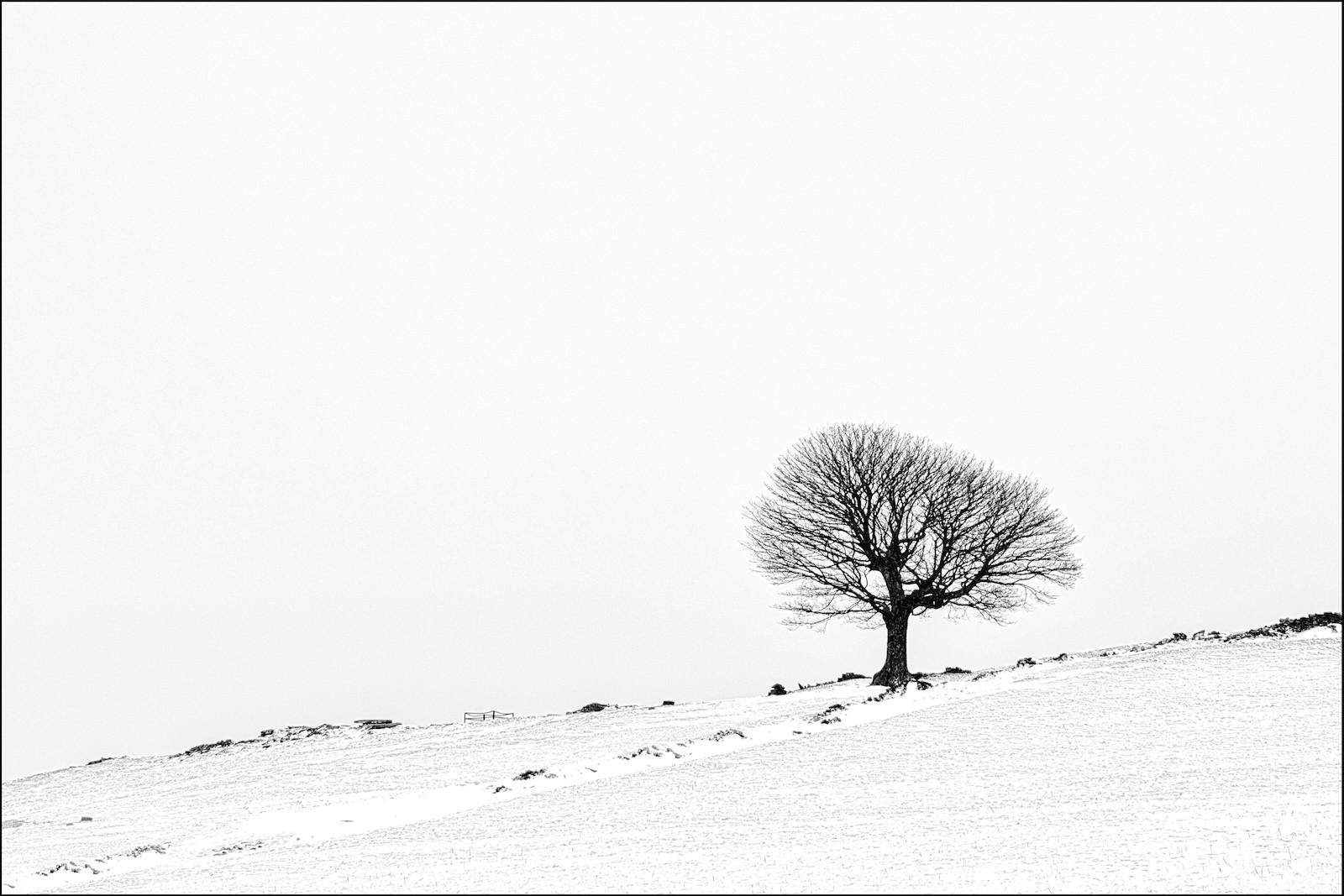
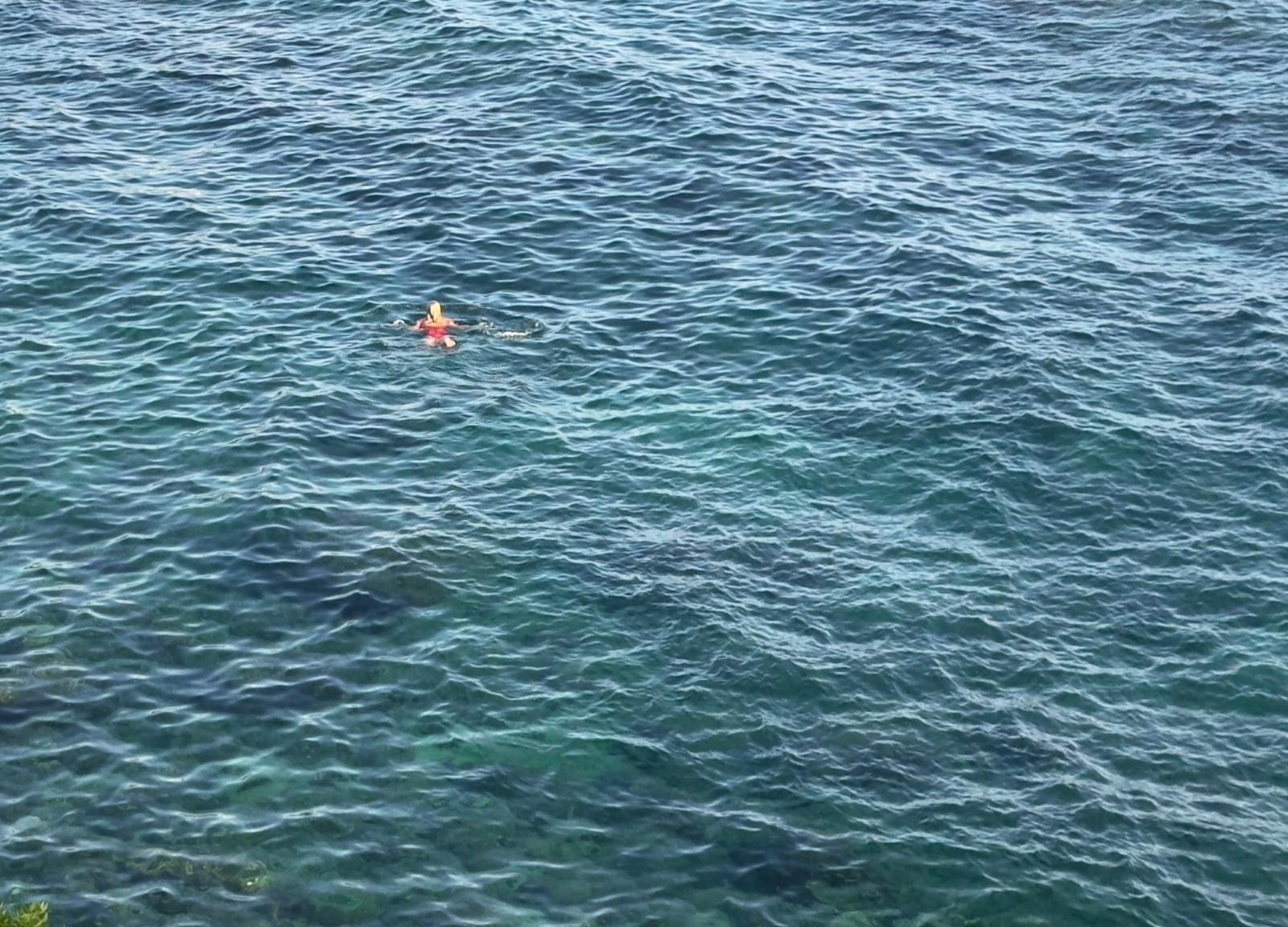
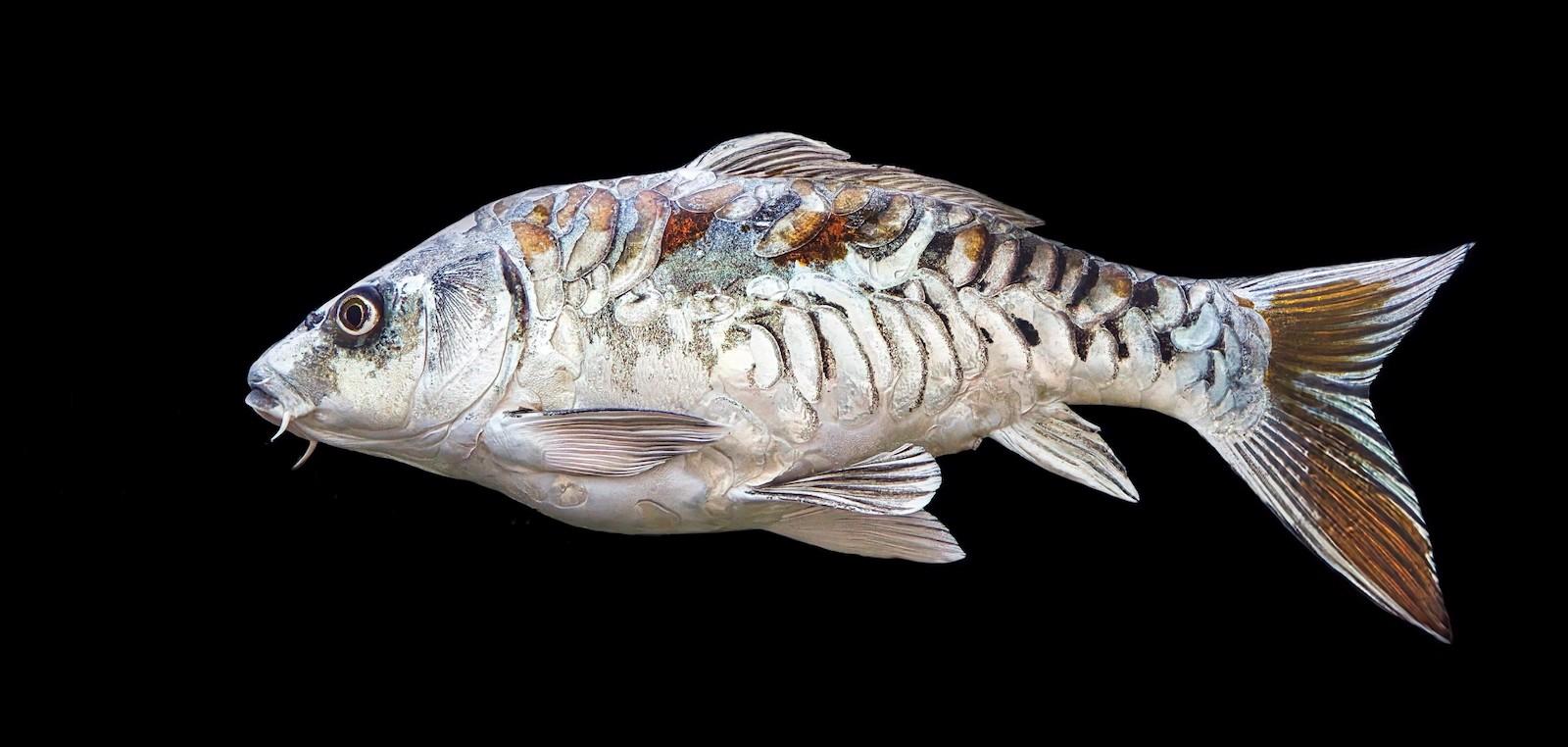
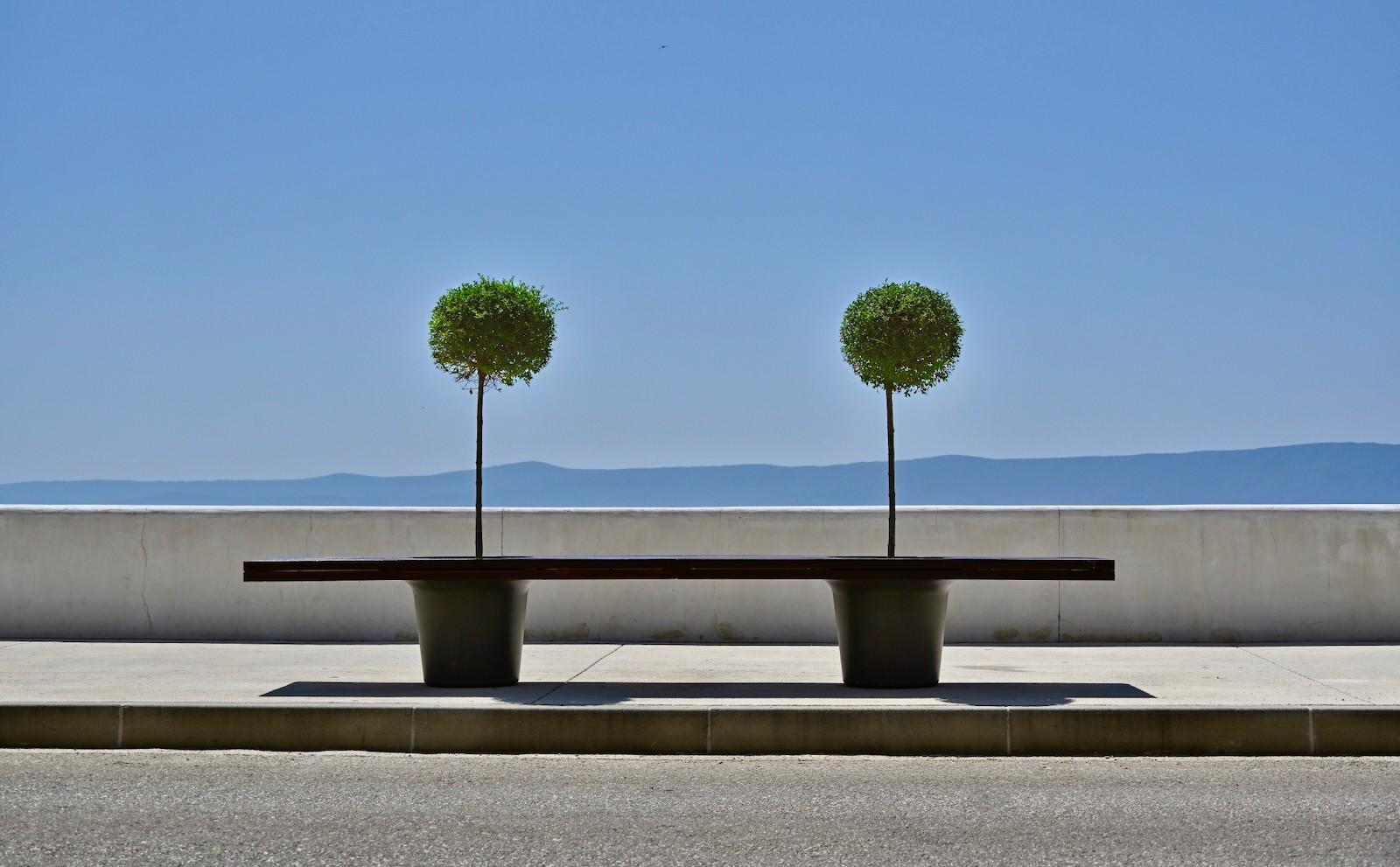
Bench with a view
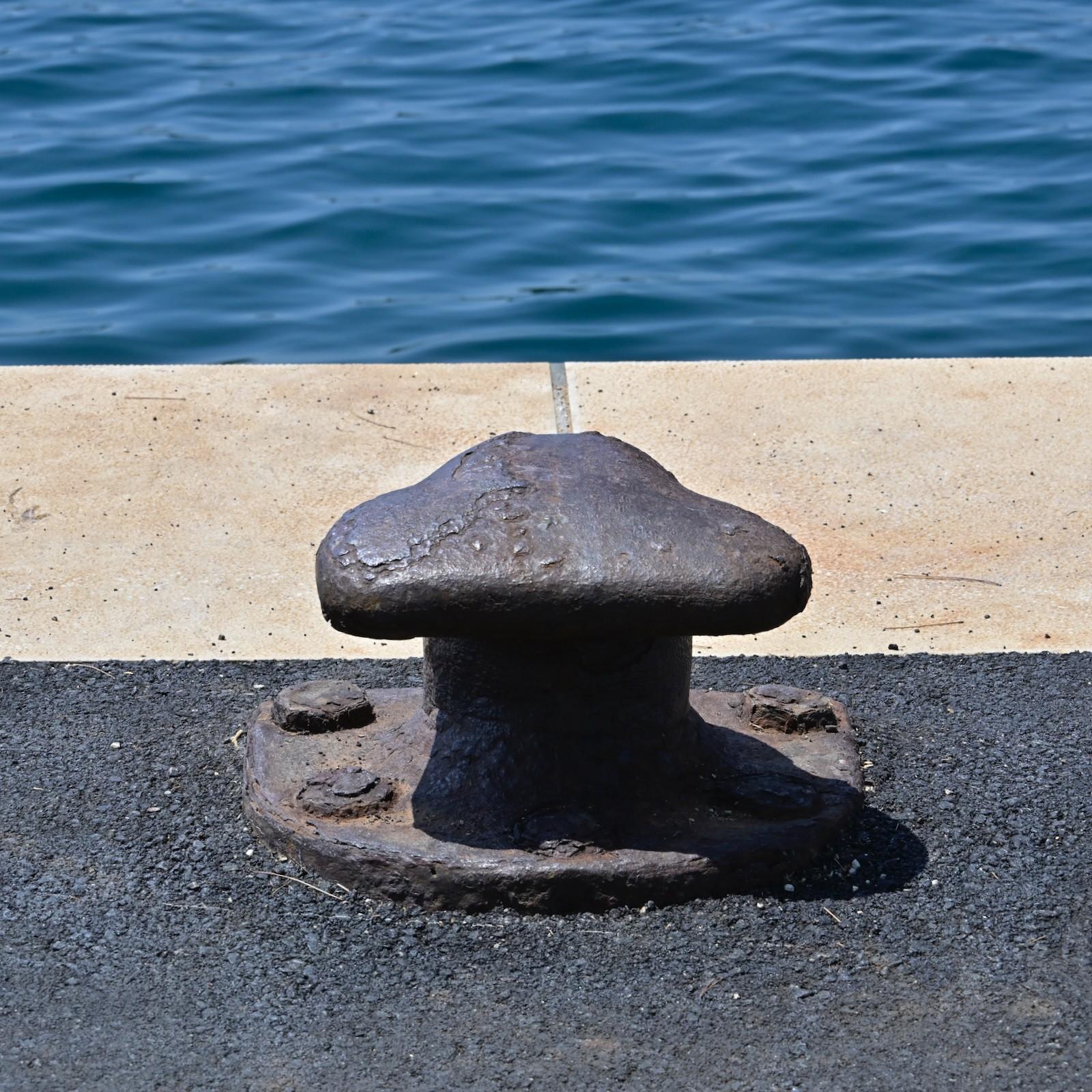


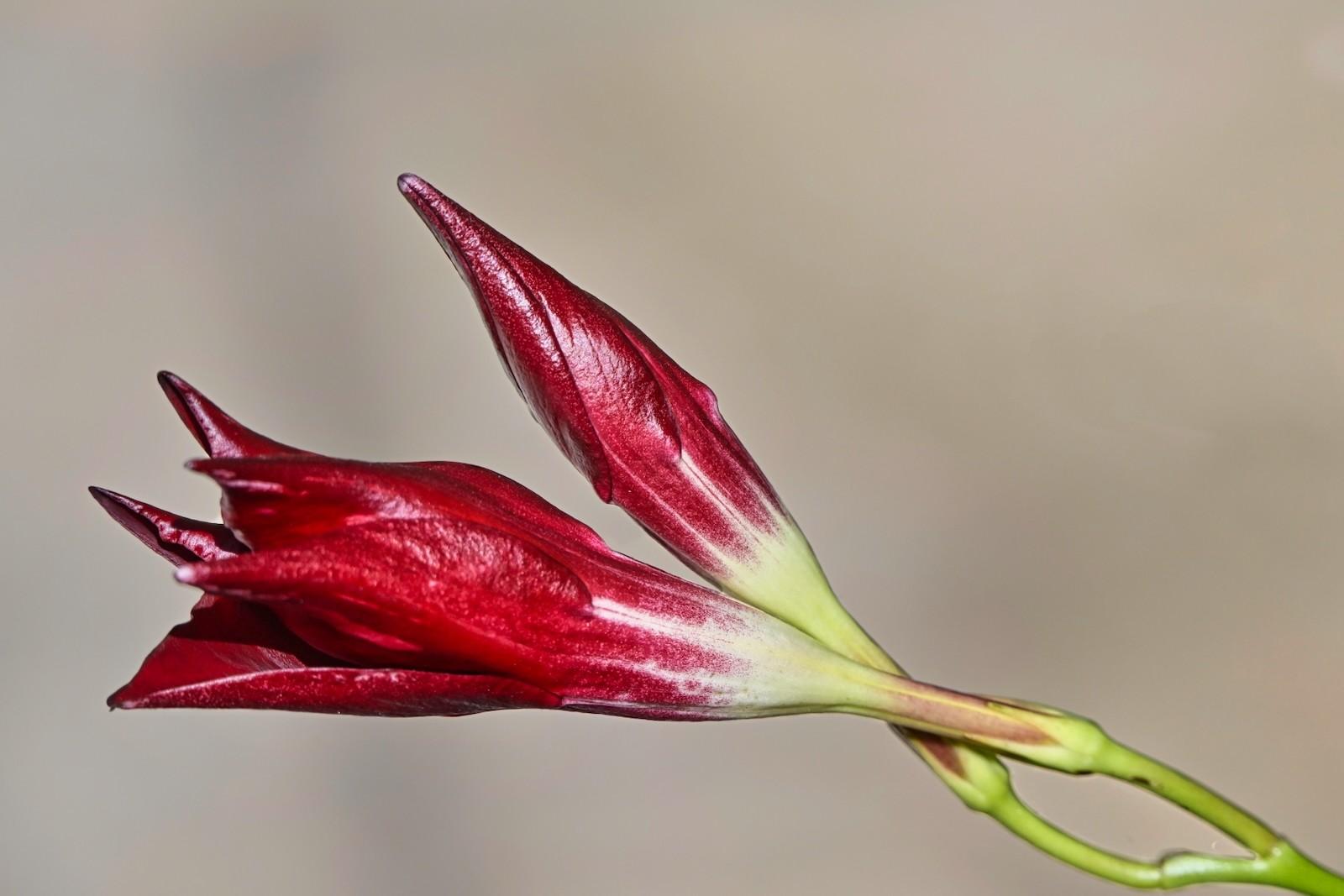
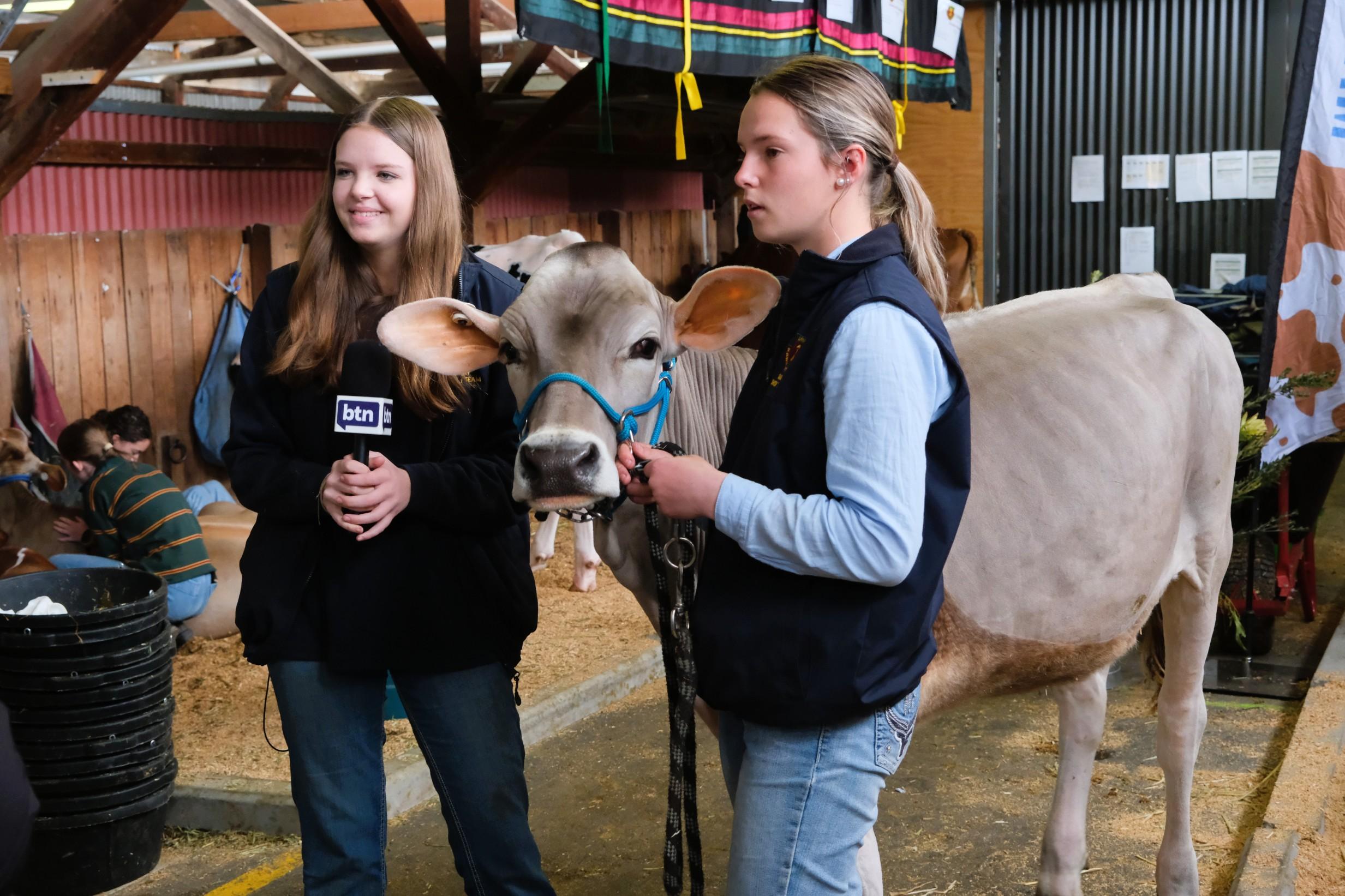
Cerys and Rose from the Urrbrae Agricultural College and their protégé (I did not catch her name) being interviewed by the ABC Behind the News program (https://www.abc.net.au/btn/classroom/royal-show-kids/105748942)

Trimmed and massaged to look and feel her best.
All is more or less under control during stages of a merino sheep wool quality competition: belly wool inspection, back wool inspection, the prize ribbons, and the struggle back to the pen. Remember to wash your hands with soap and running water.


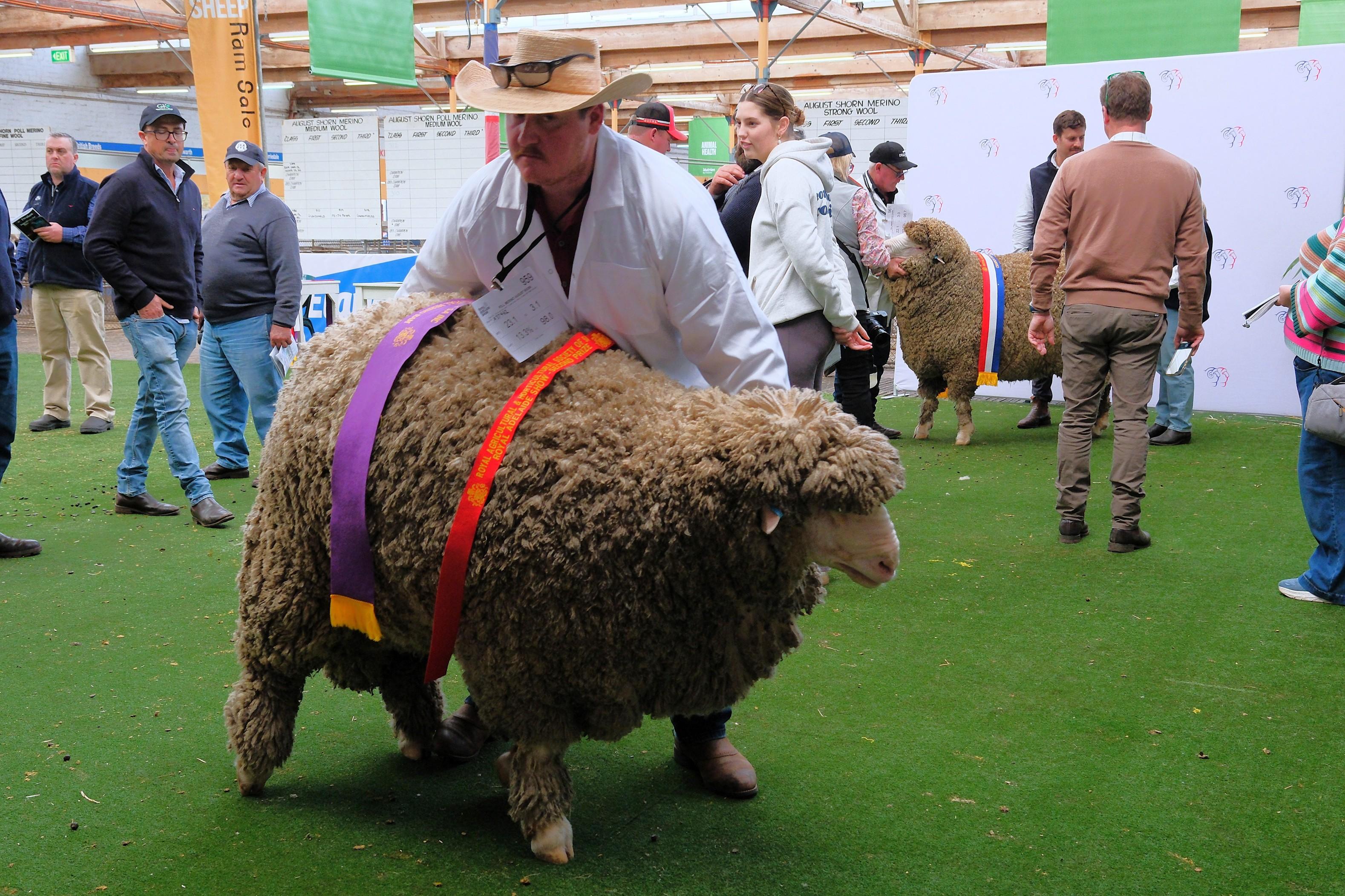

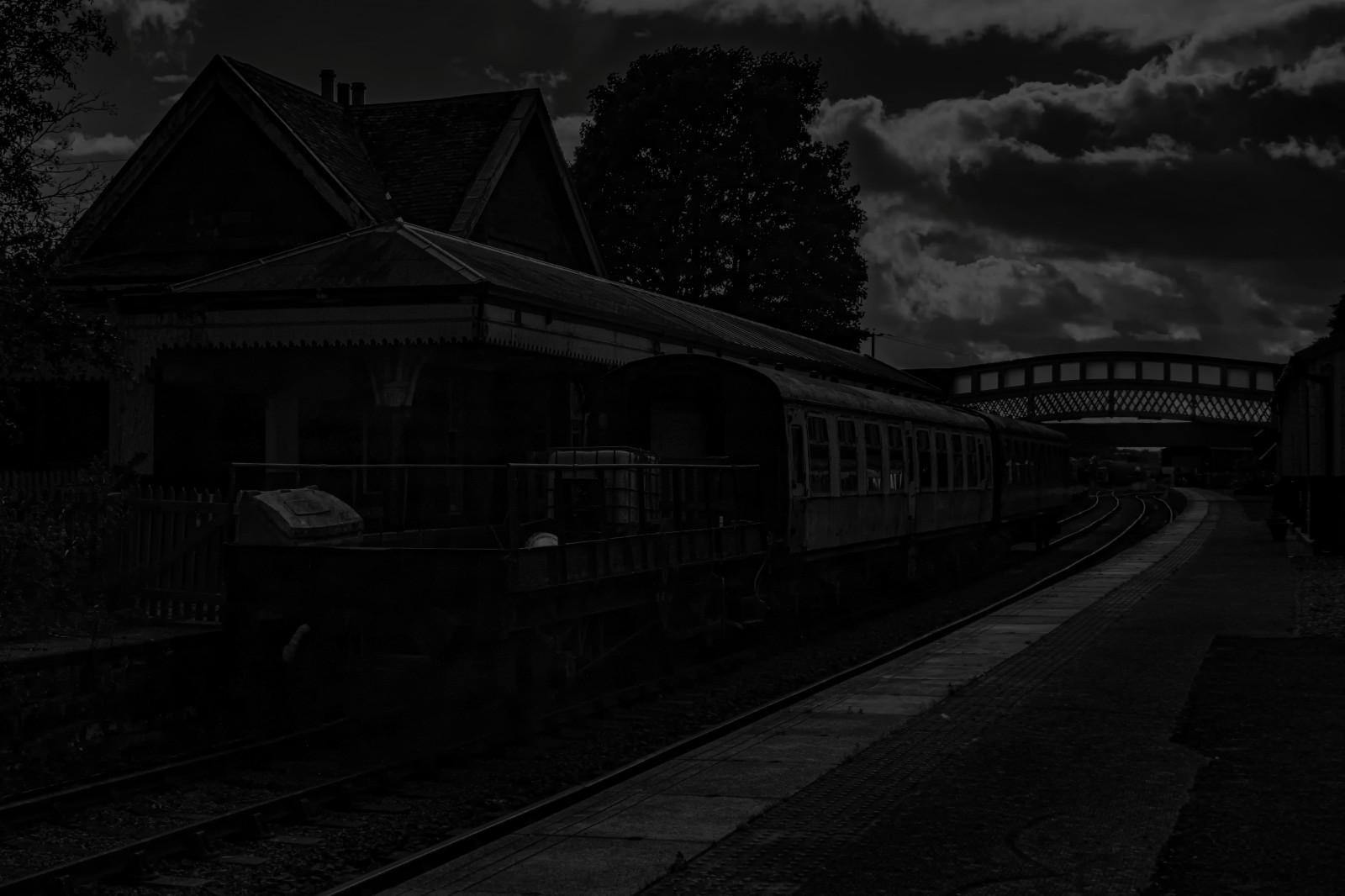
Last autumn whilst on holiday in Montrose, Angus I was on a bird watching trip and whilst looking for a hide I’d been told about, I passed this apparently disused railway station which I stopped to investigate.
The railway itself was a branch line operated by the Caledonian Railway from 1848 till 1967. It is now under restoration by a group of enthusiasts who operate trains from Brechin, one of whom I discovered working on an engine. He told me a little of its history and gave permission for me to walk around and take a few photographs.
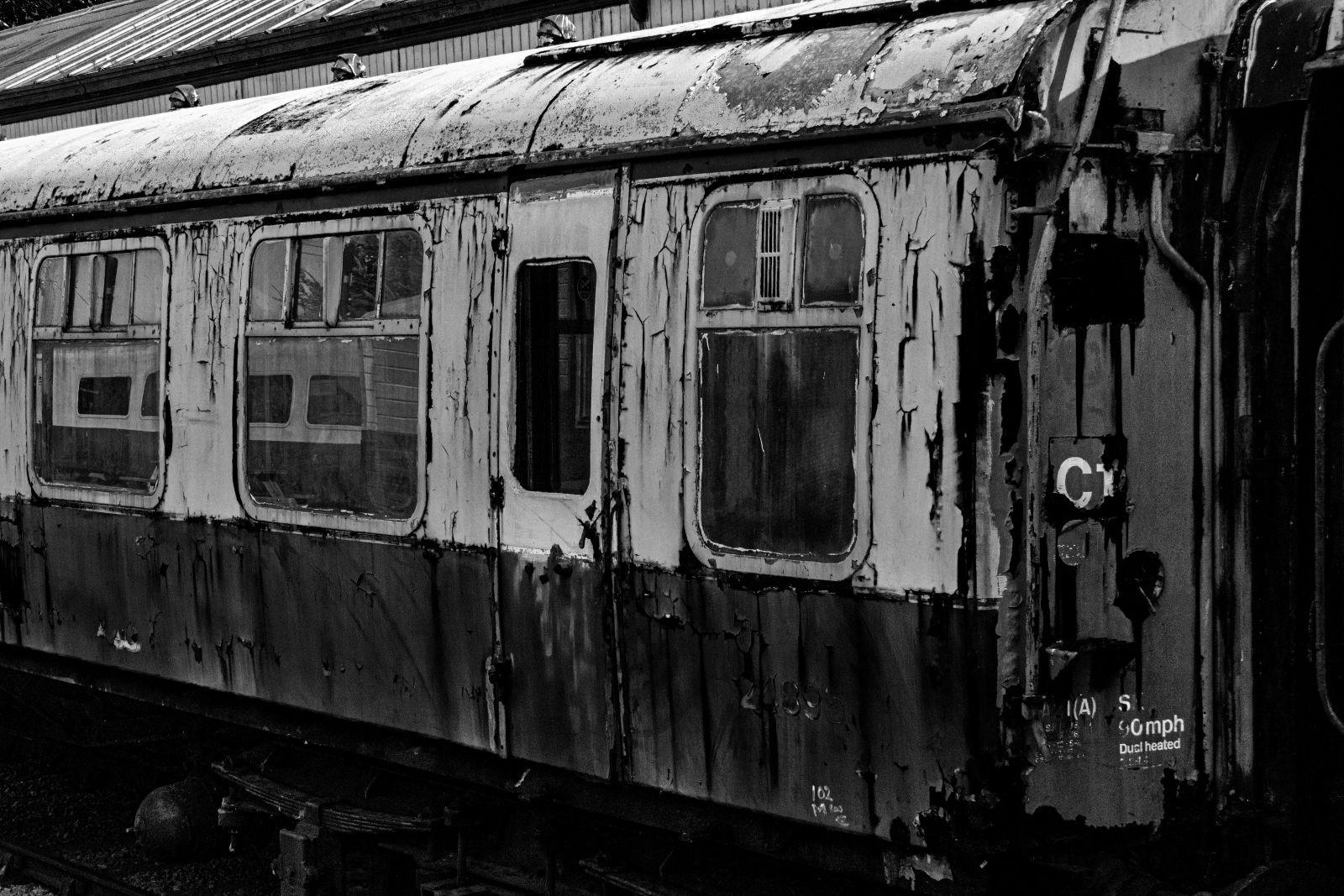

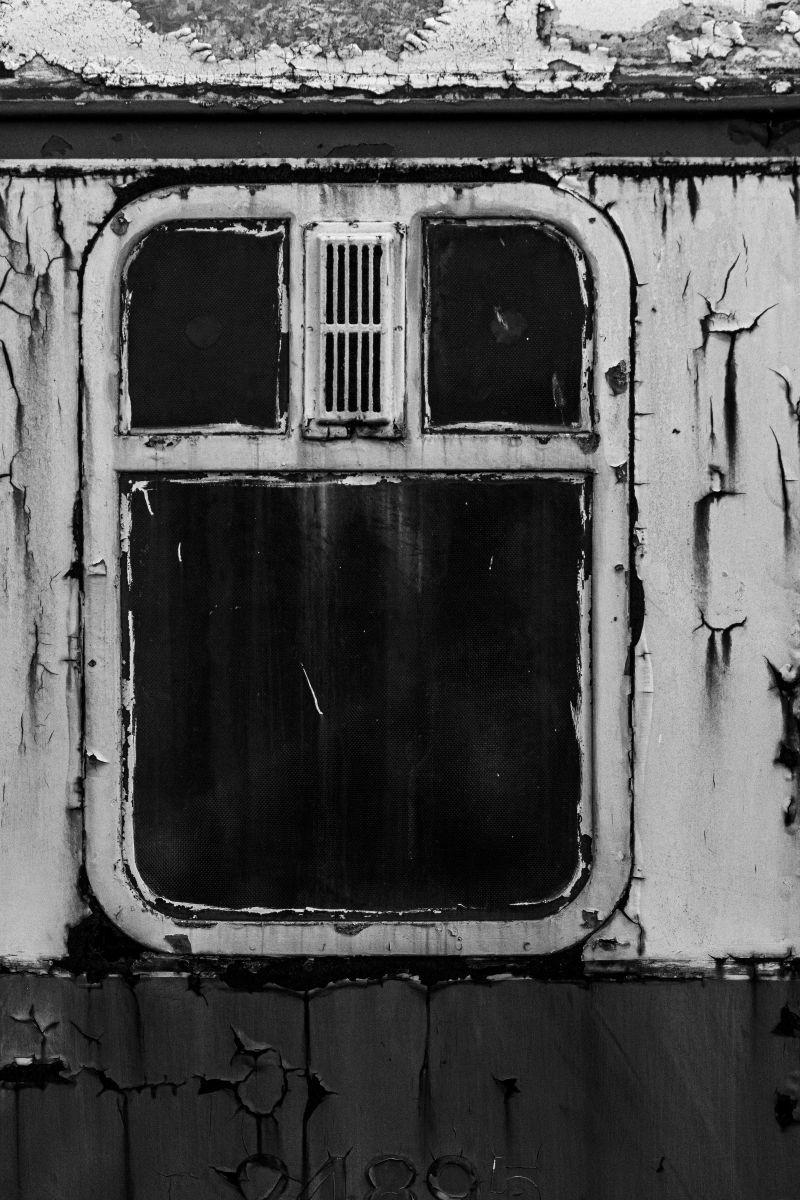
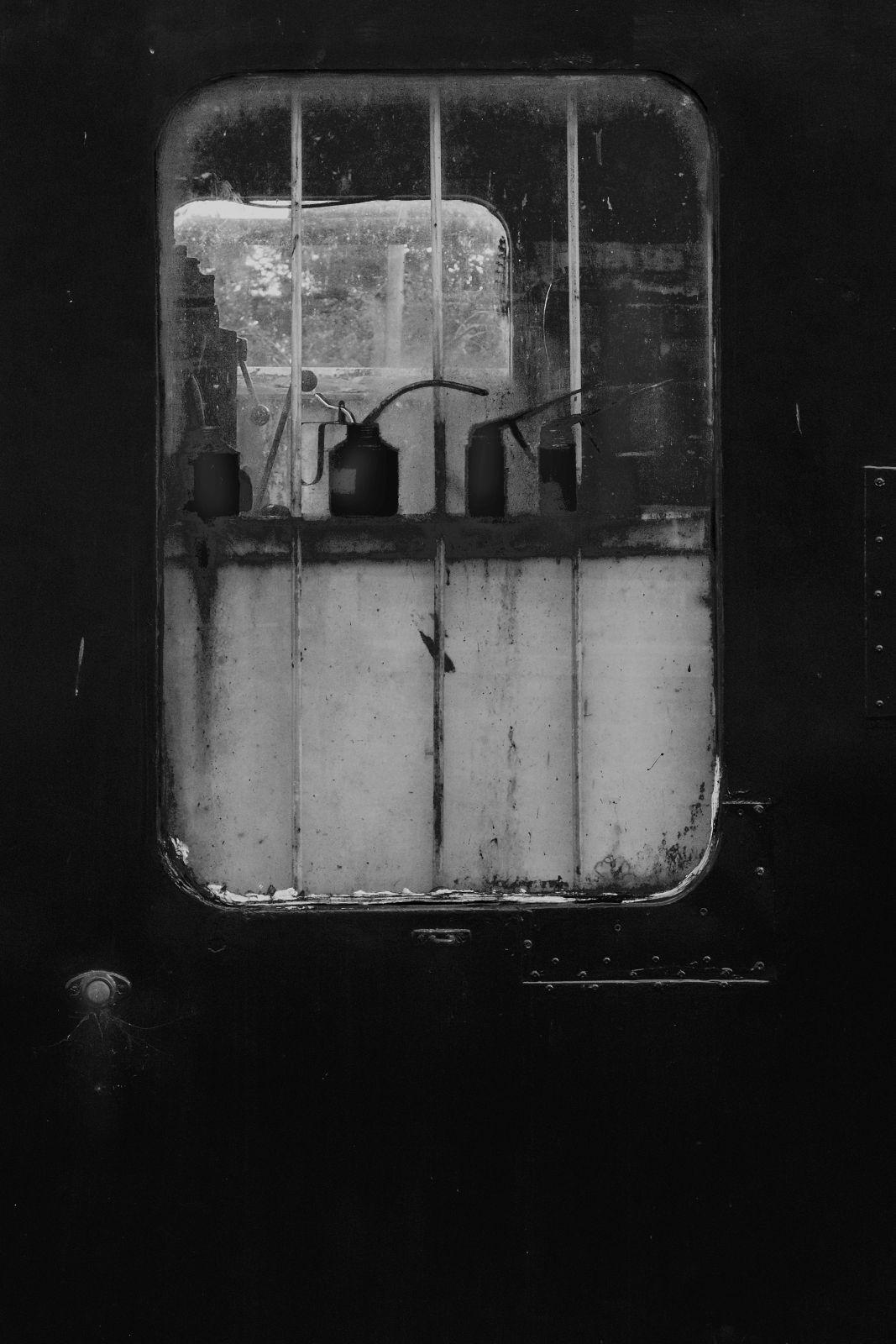
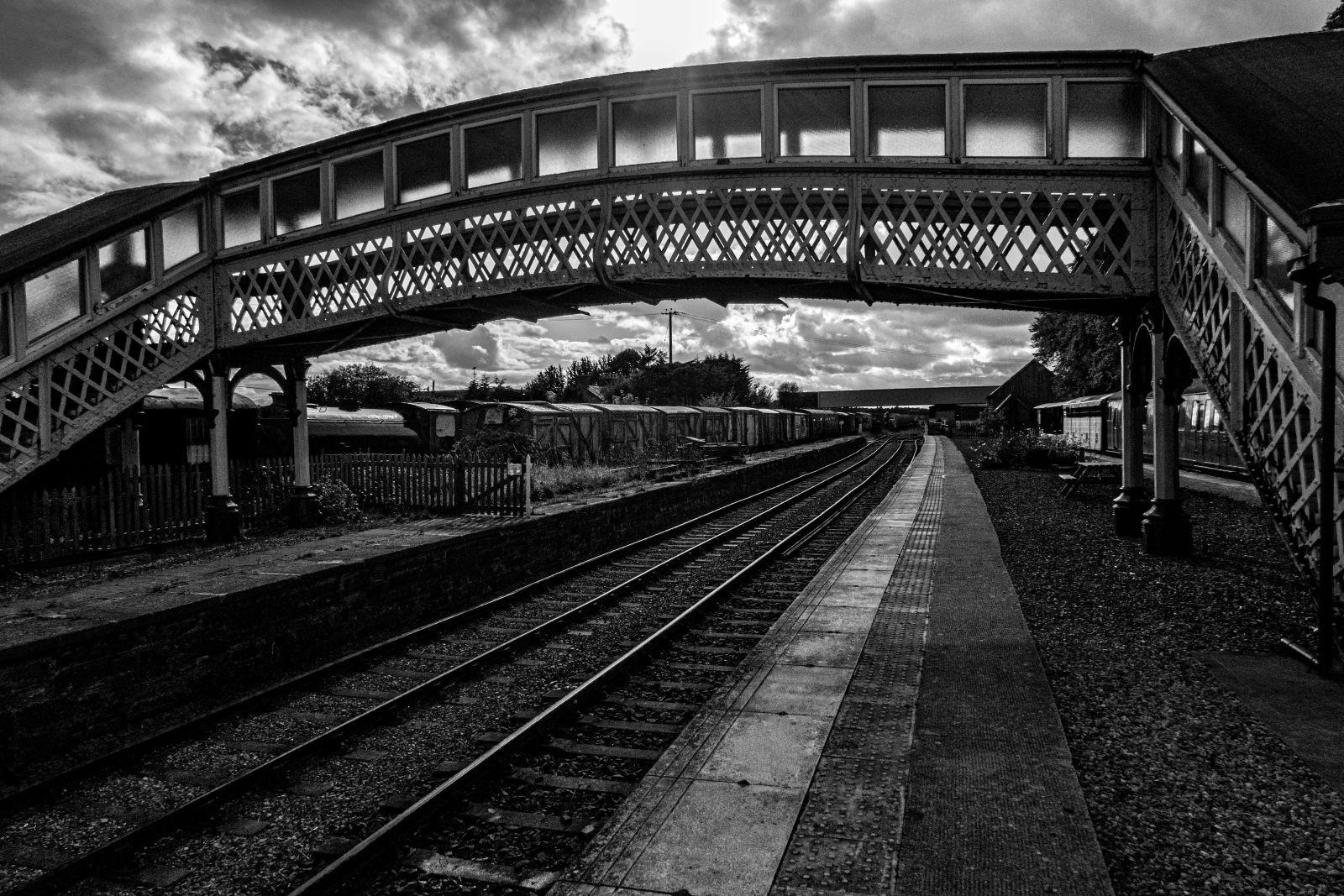
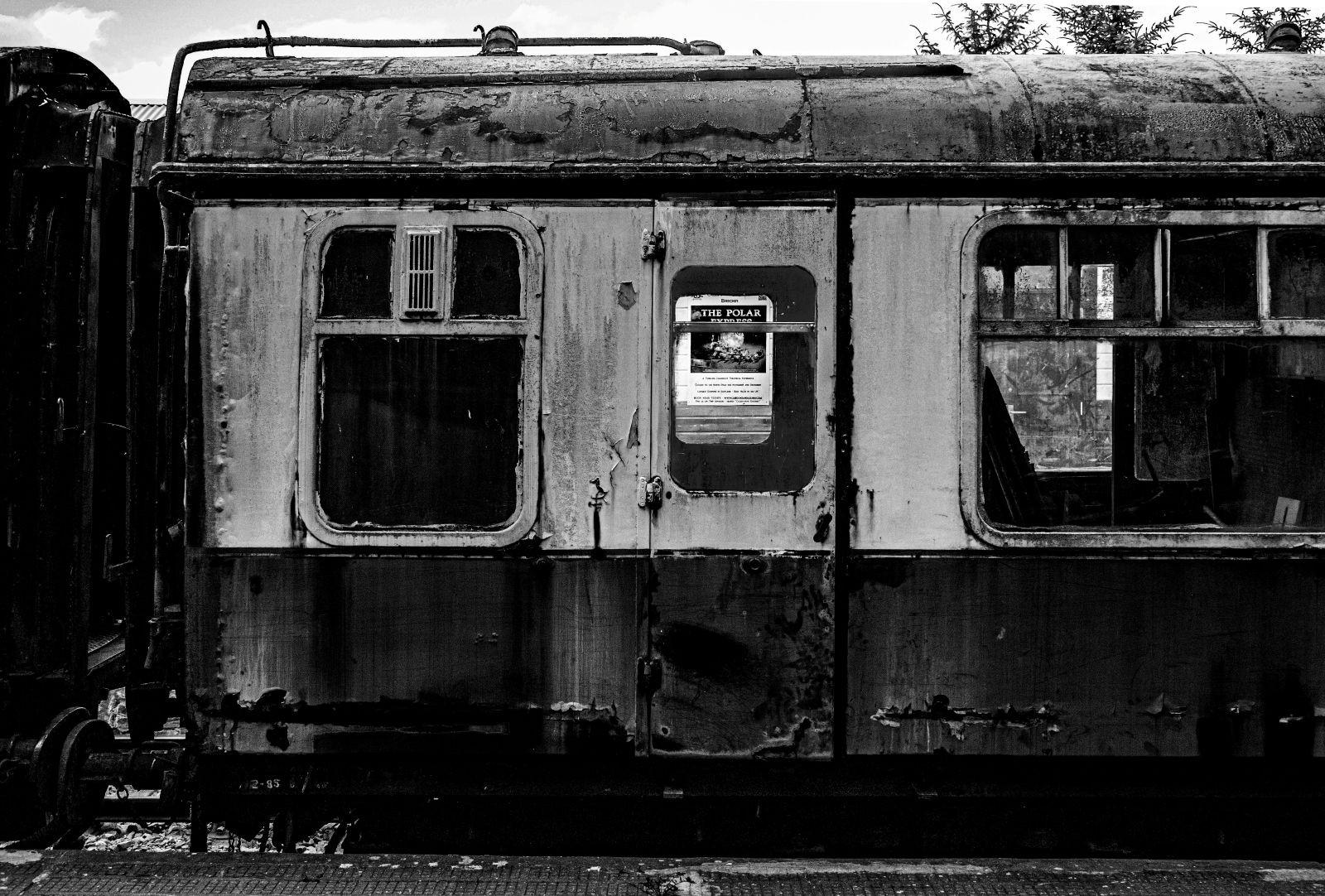
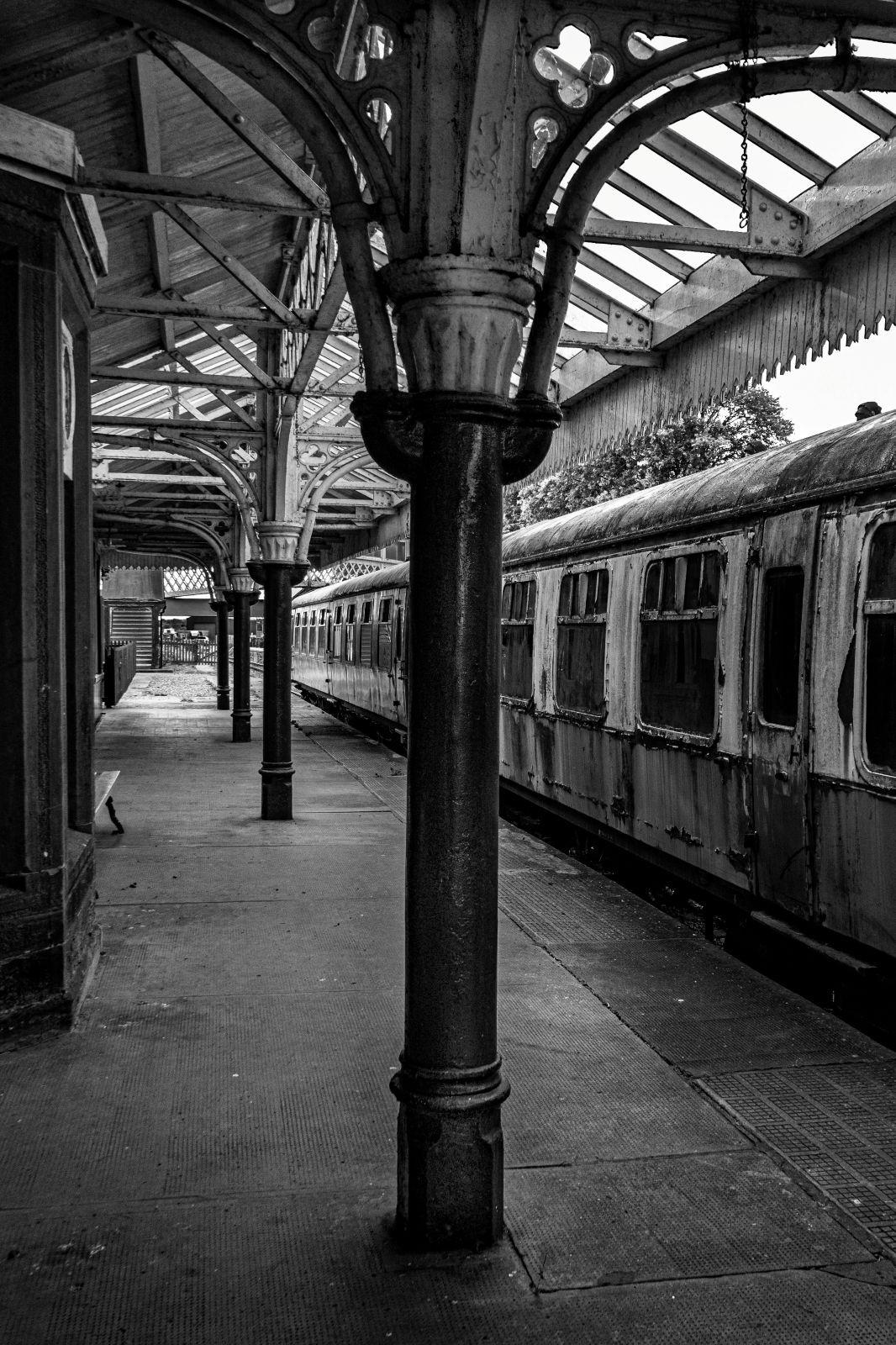
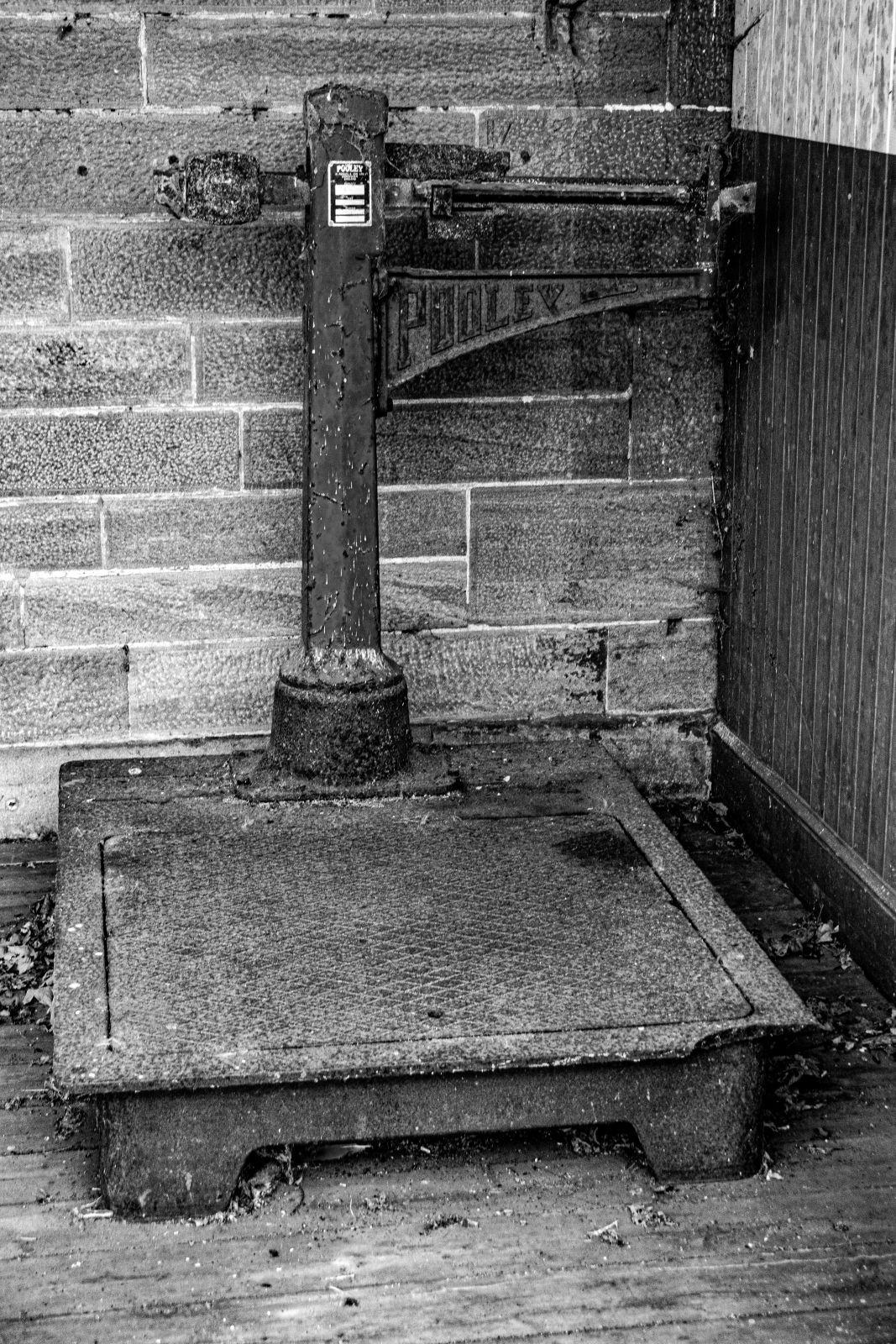
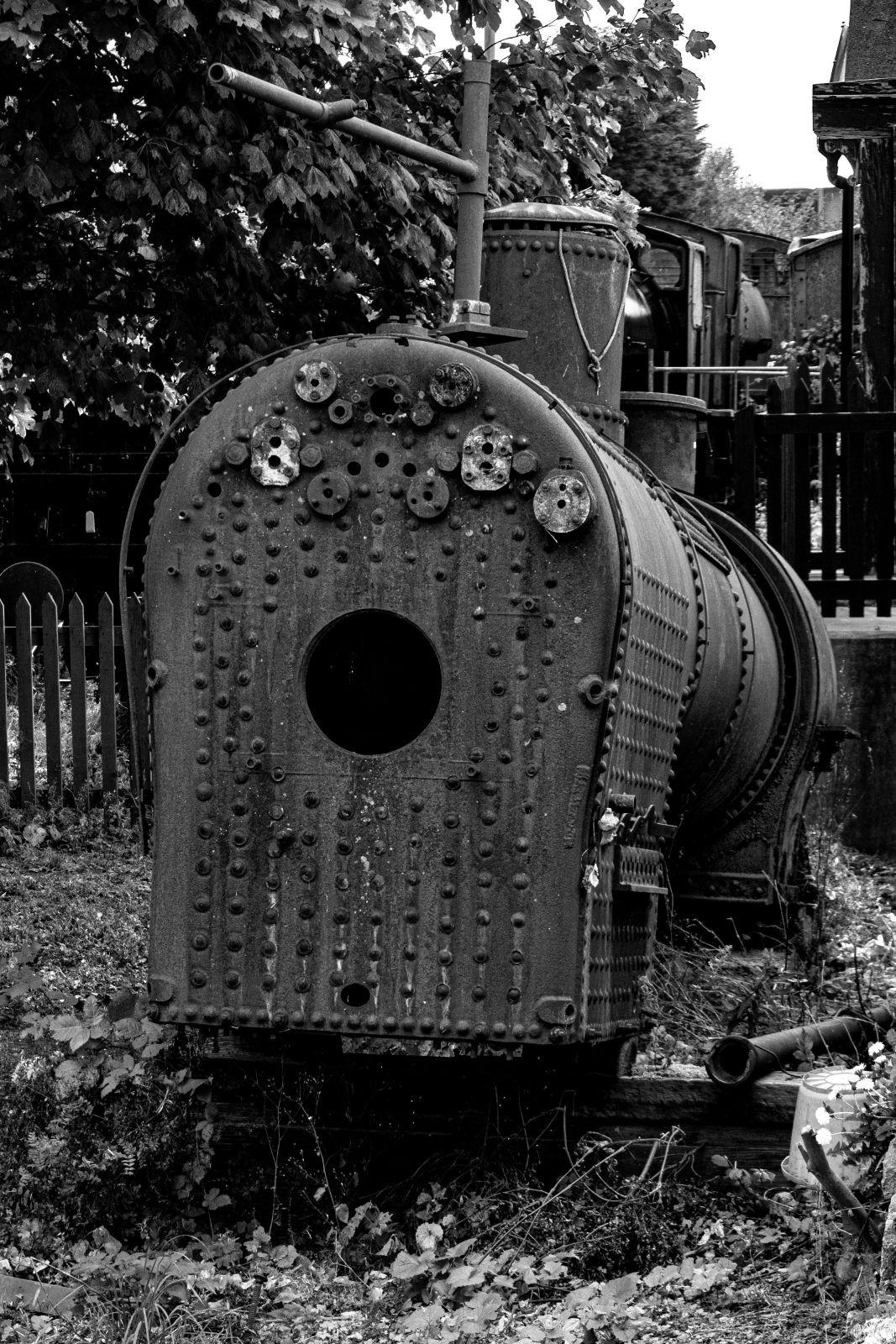
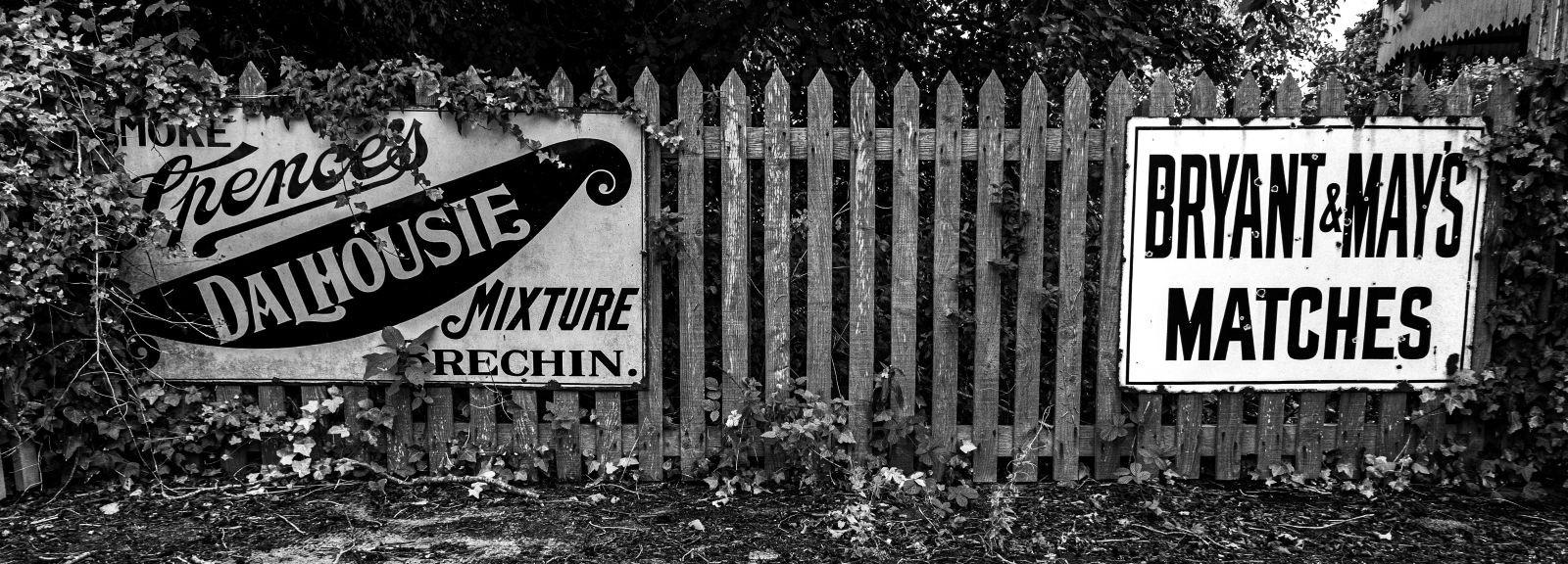
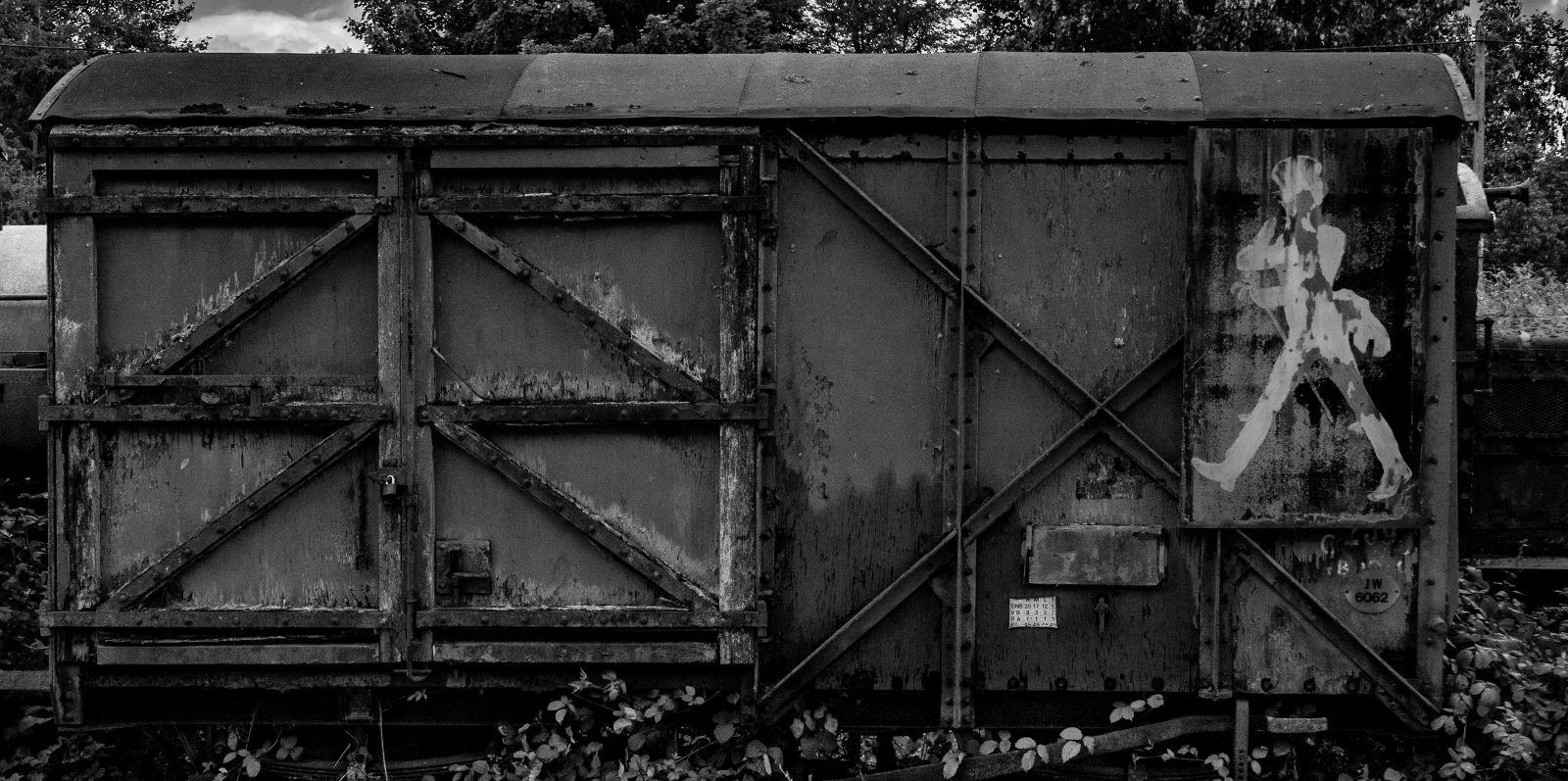
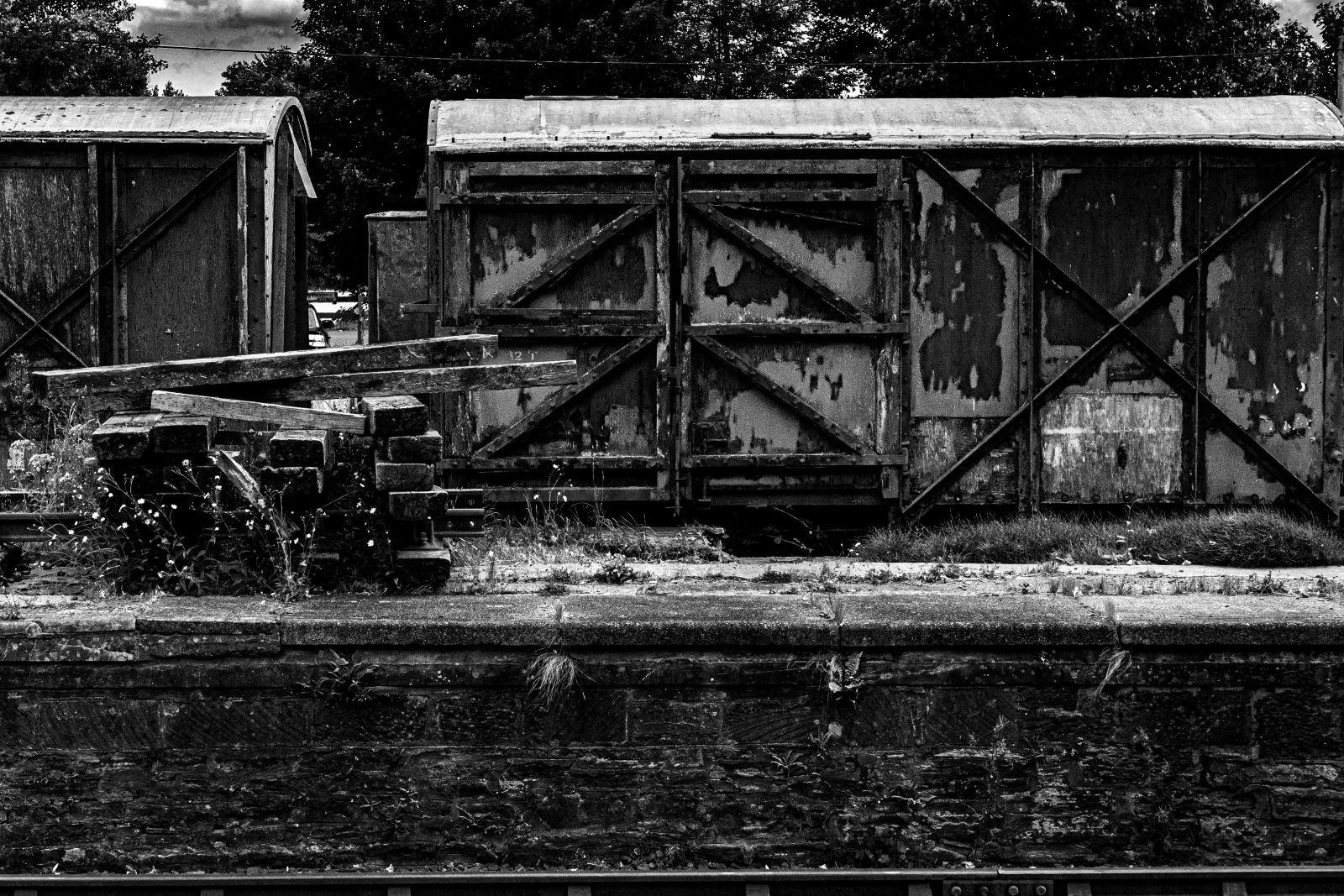
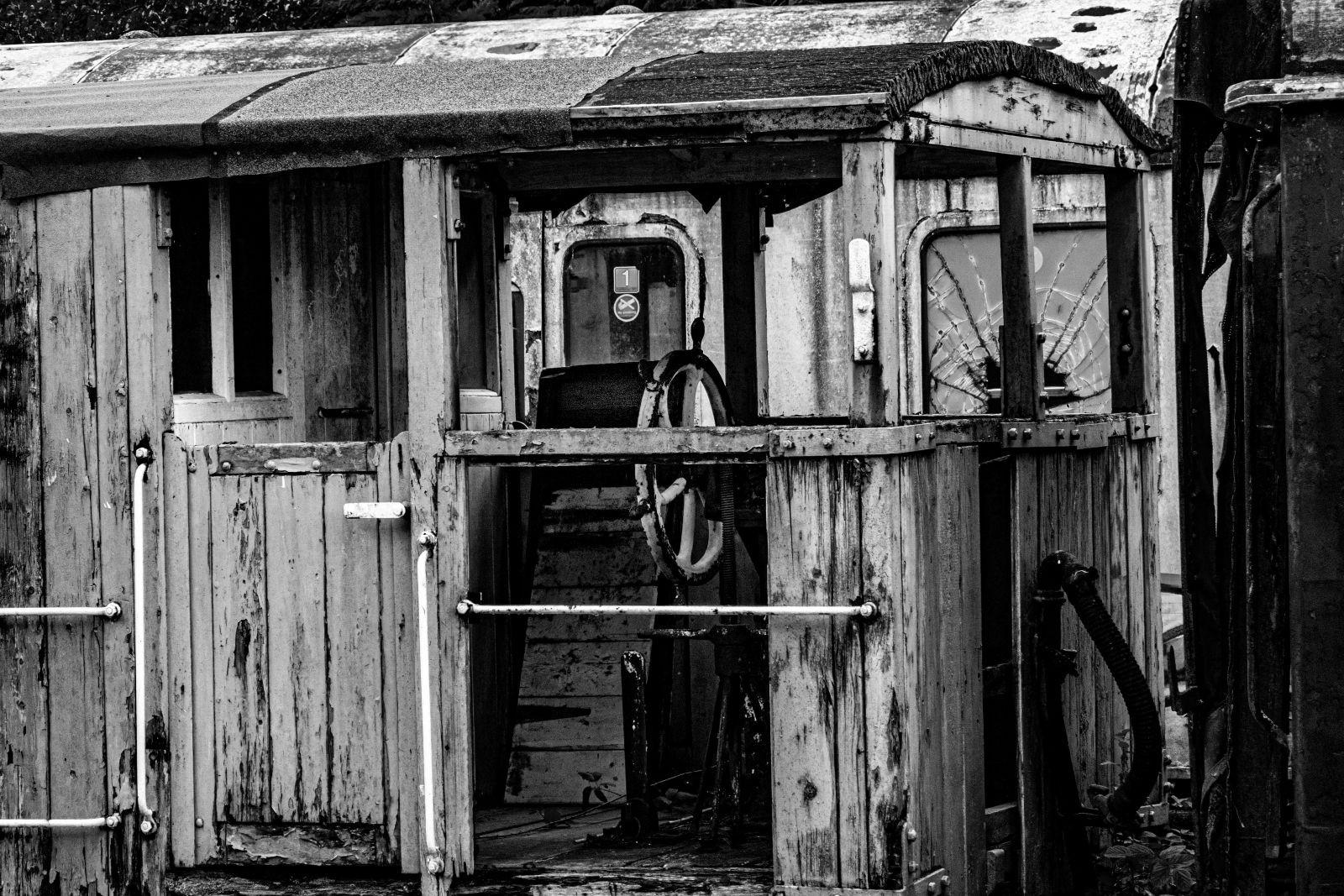

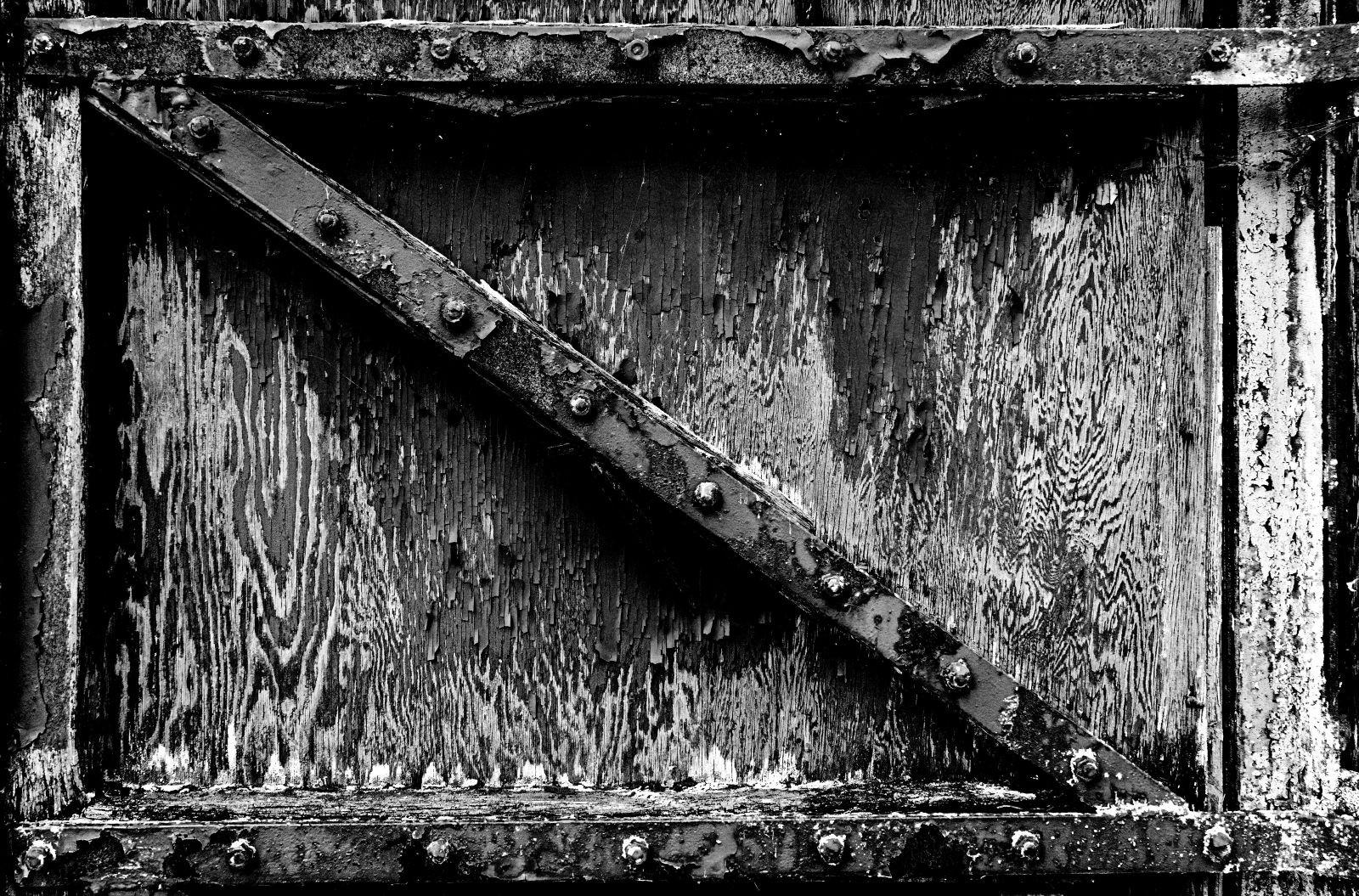
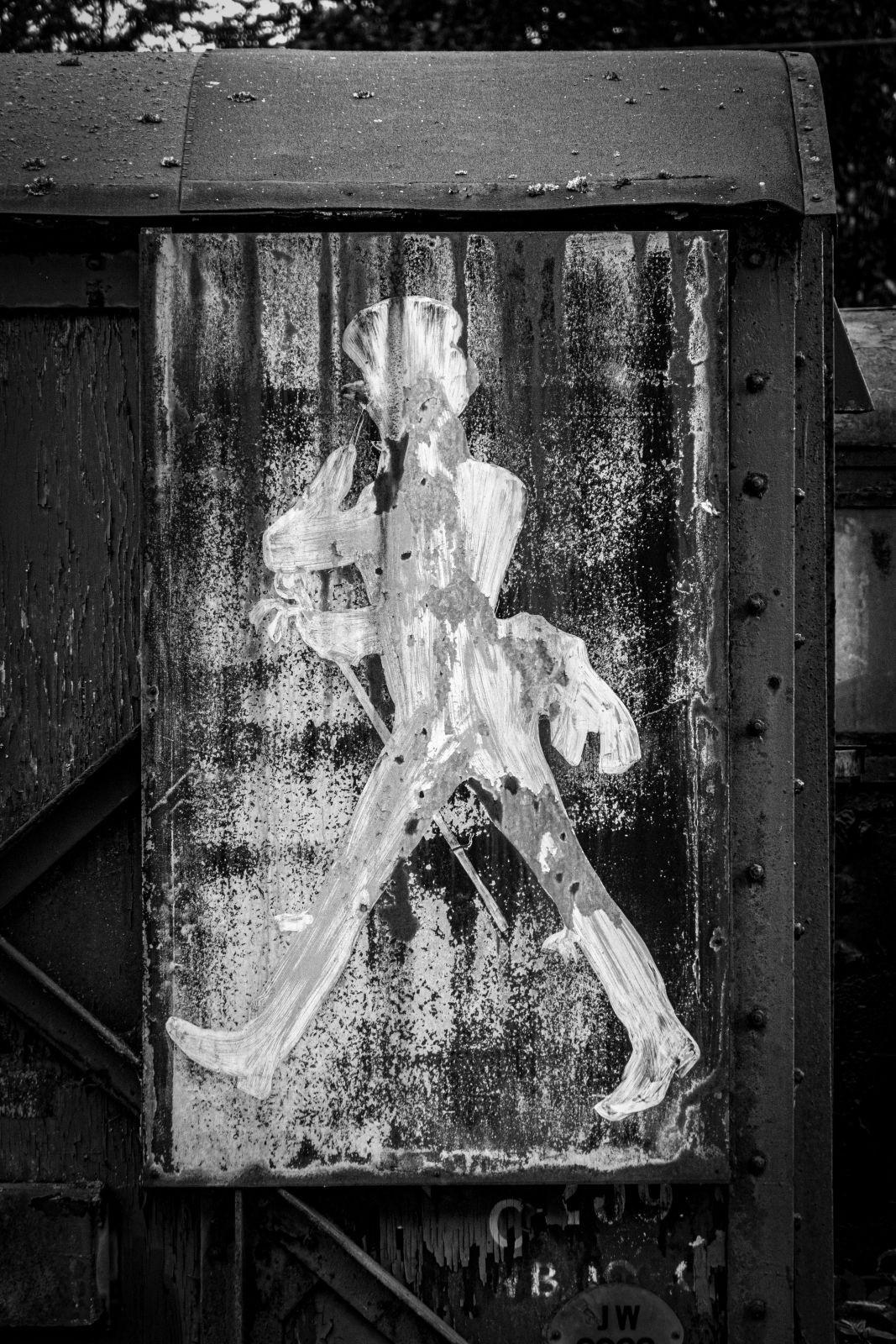
In late May, while on holiday in Somerset, I noticed on the BBC News site that a fire had broken out on Strensall Common, about a mile away from my home.
Approximately 13 acres (5 hectares) of the common were affected but fortunately not the habitat of the dark bordered beauty moth, a rare species.
On my return home I decided to witness the destruction and document its current state and subsequently the process of regeneration. The intention was to produce a photographic essay of the process and potentially a book.
The photographs presented here show the initial aftermath and the first stages of the journey to regeneration with grasses growing up from the ashes and some trees beginning to flourish again.
The hot dry summer has impacted on progress but hopefully by next spring the fire damaged parts of the common will be virtually indistinguishable from the rest.
Part of the affected area
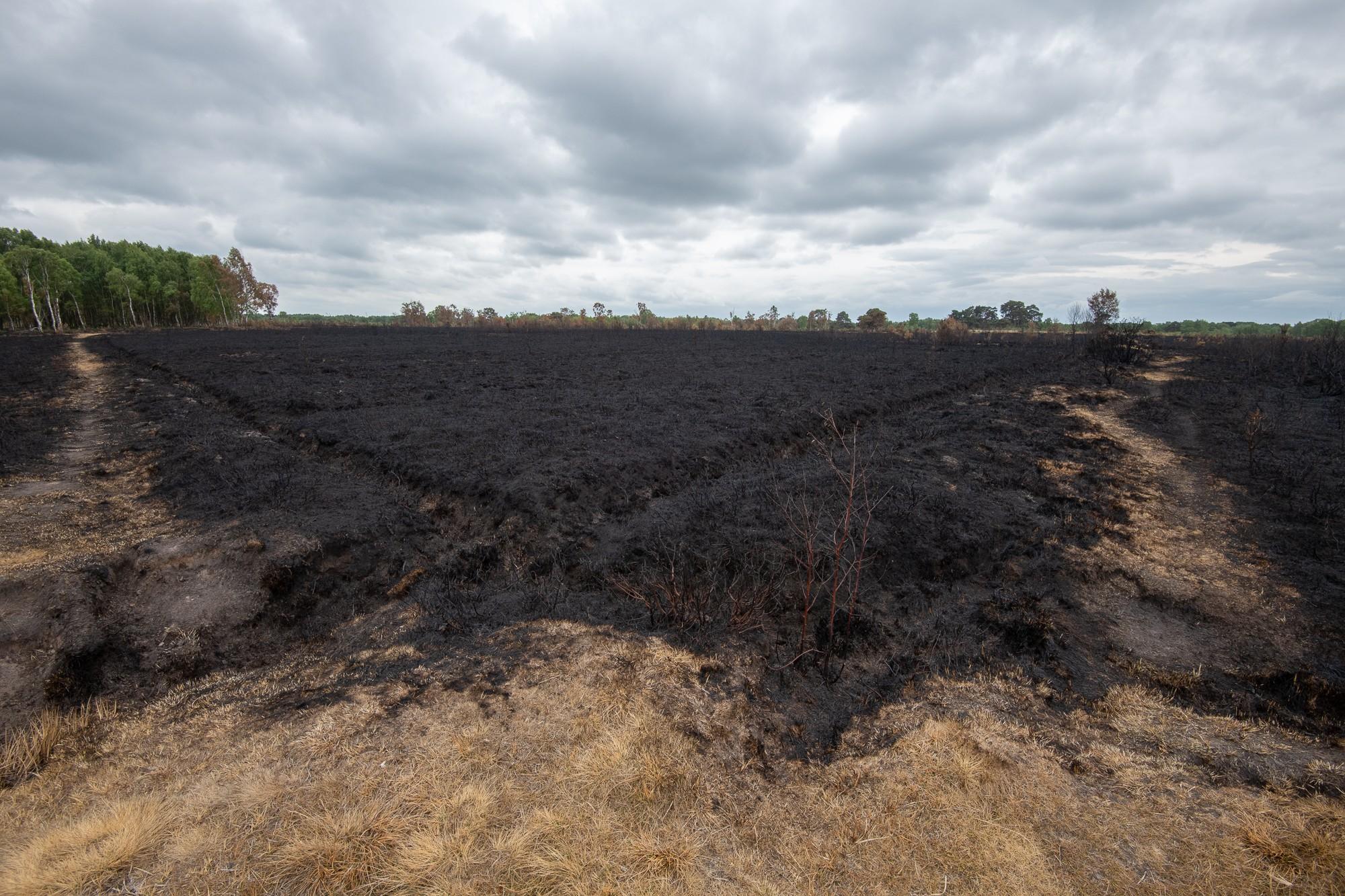
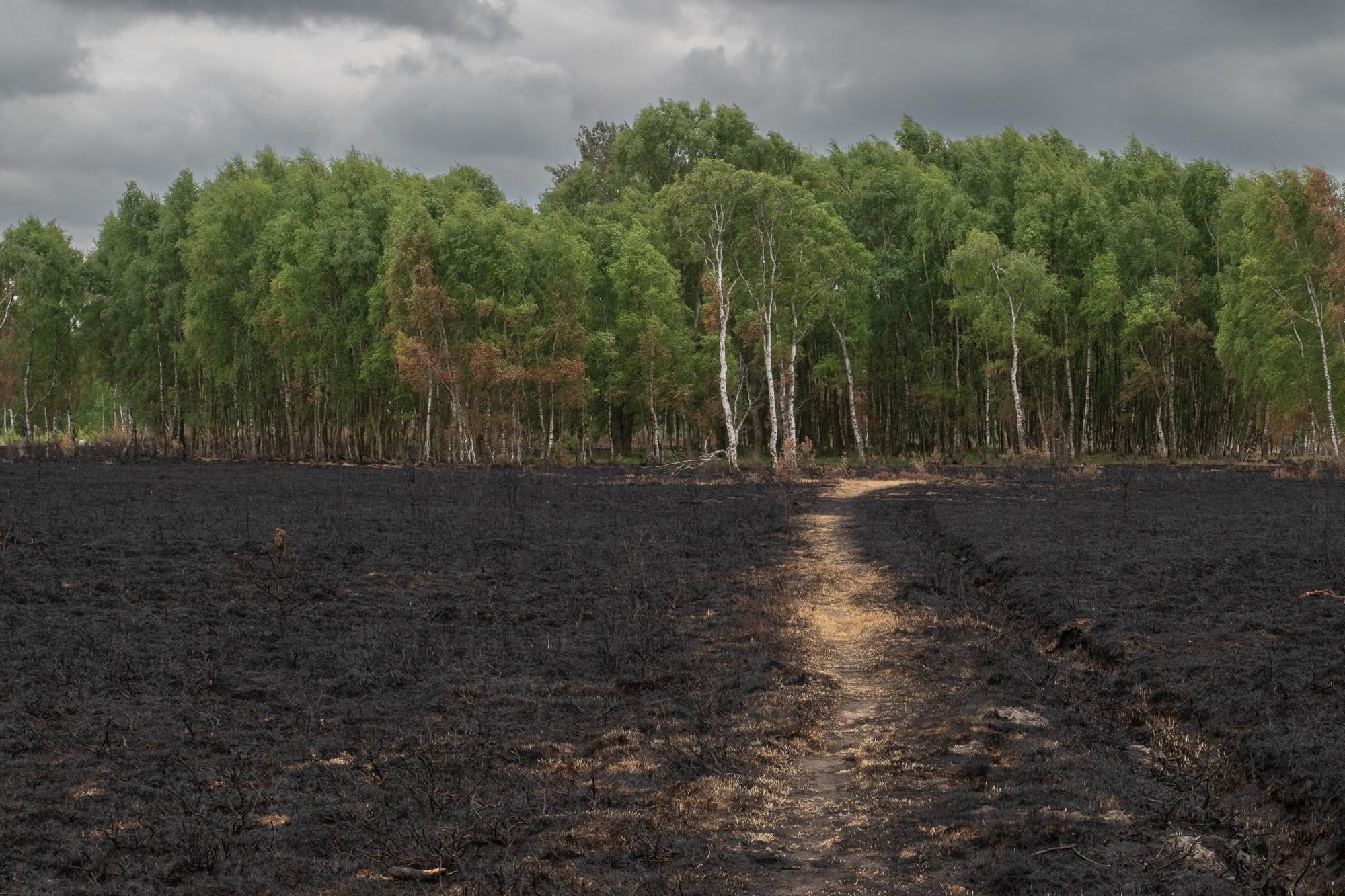
Tracks towards the fire boundary


Spent cartridges from army firing range

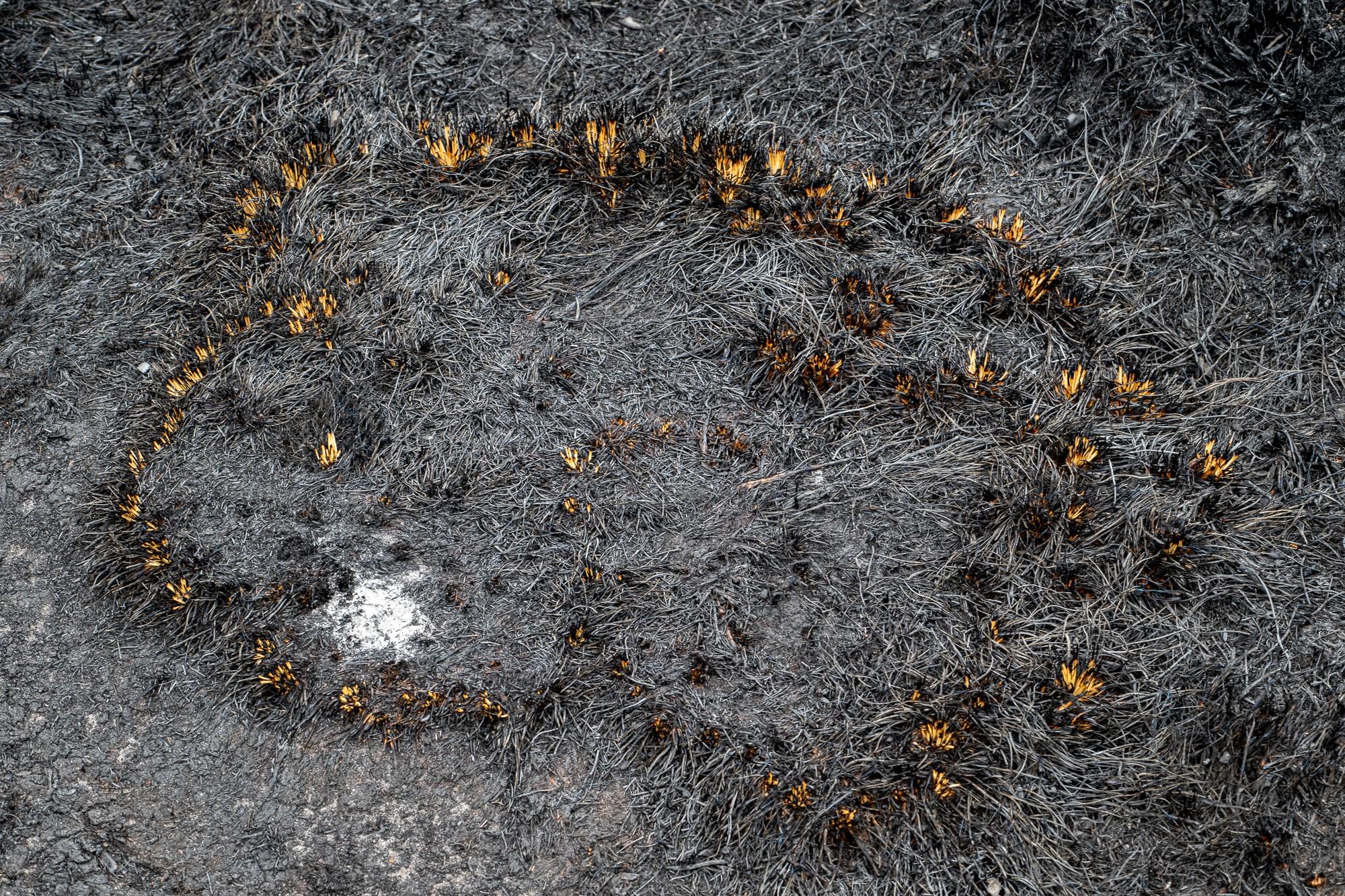
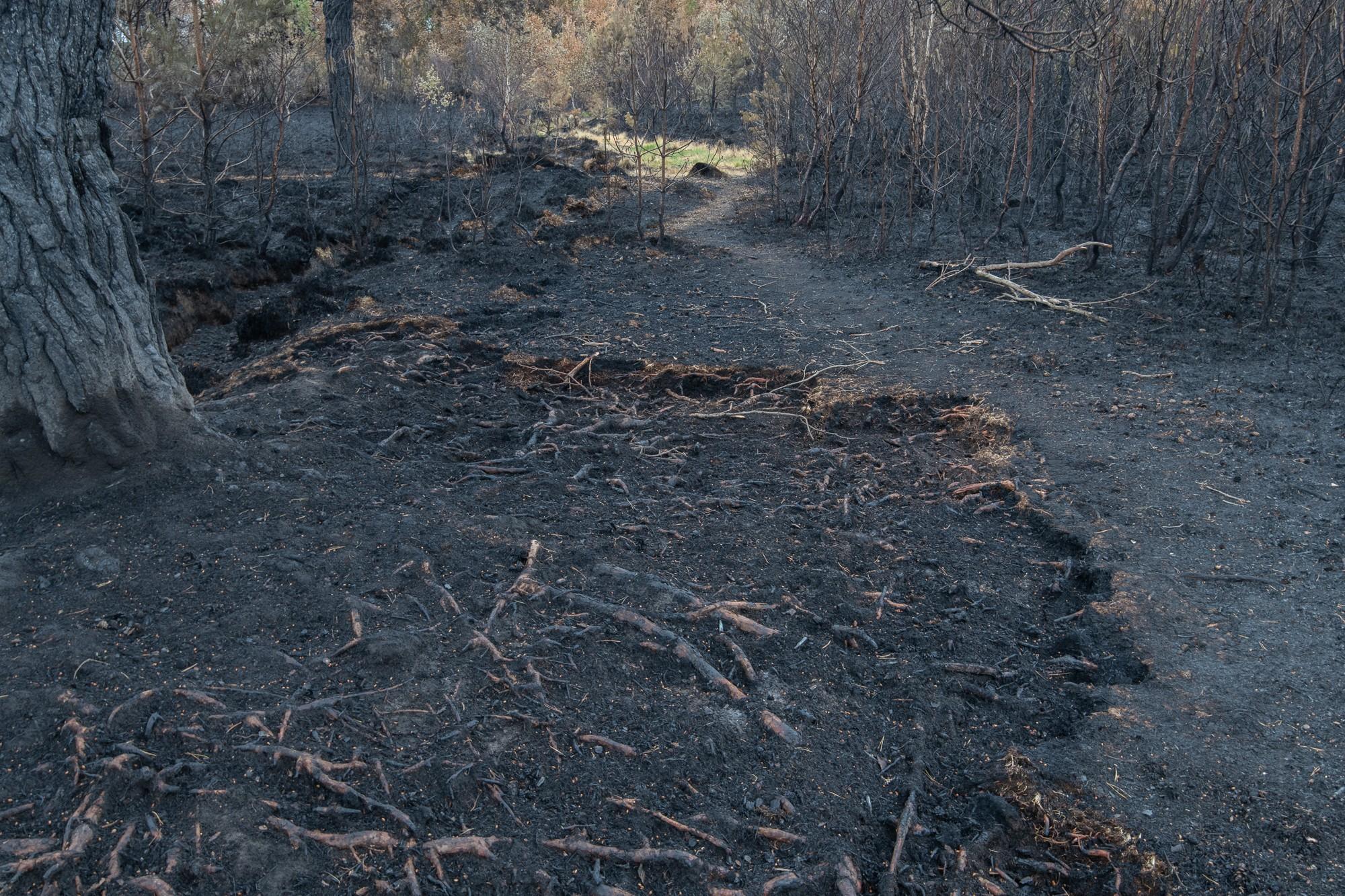

Recovering tree
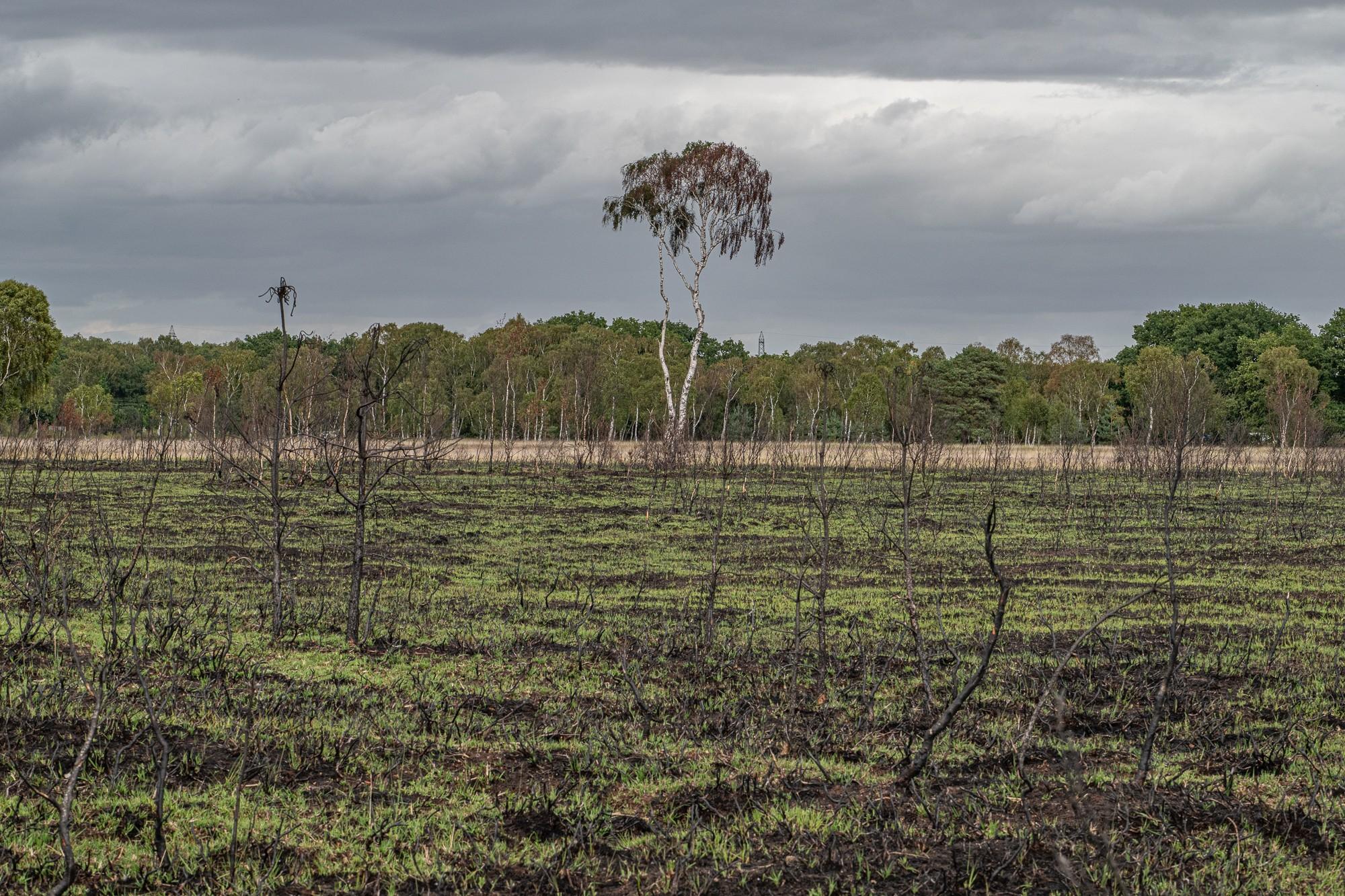
Partial Recovery
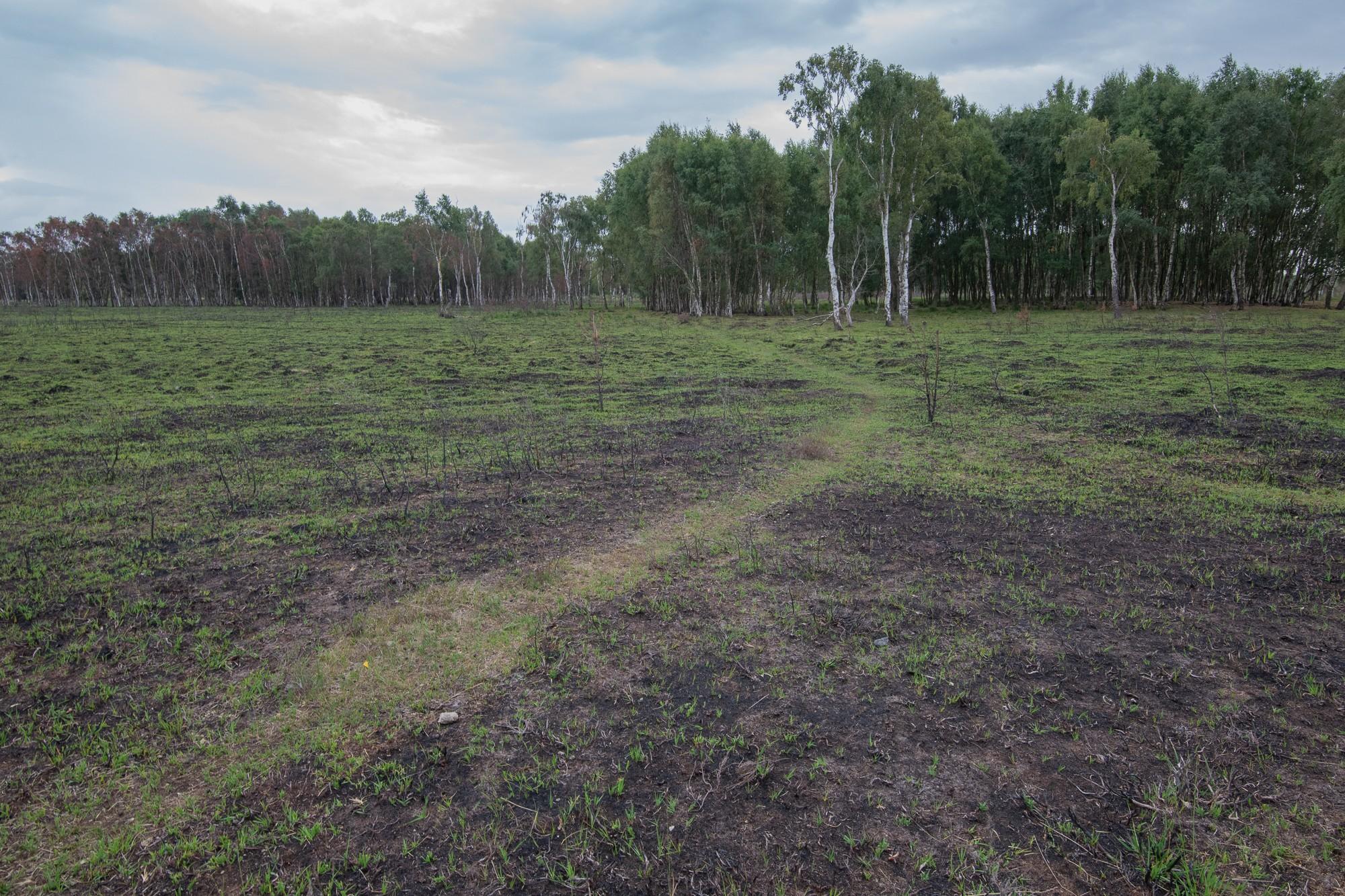
Beginnings
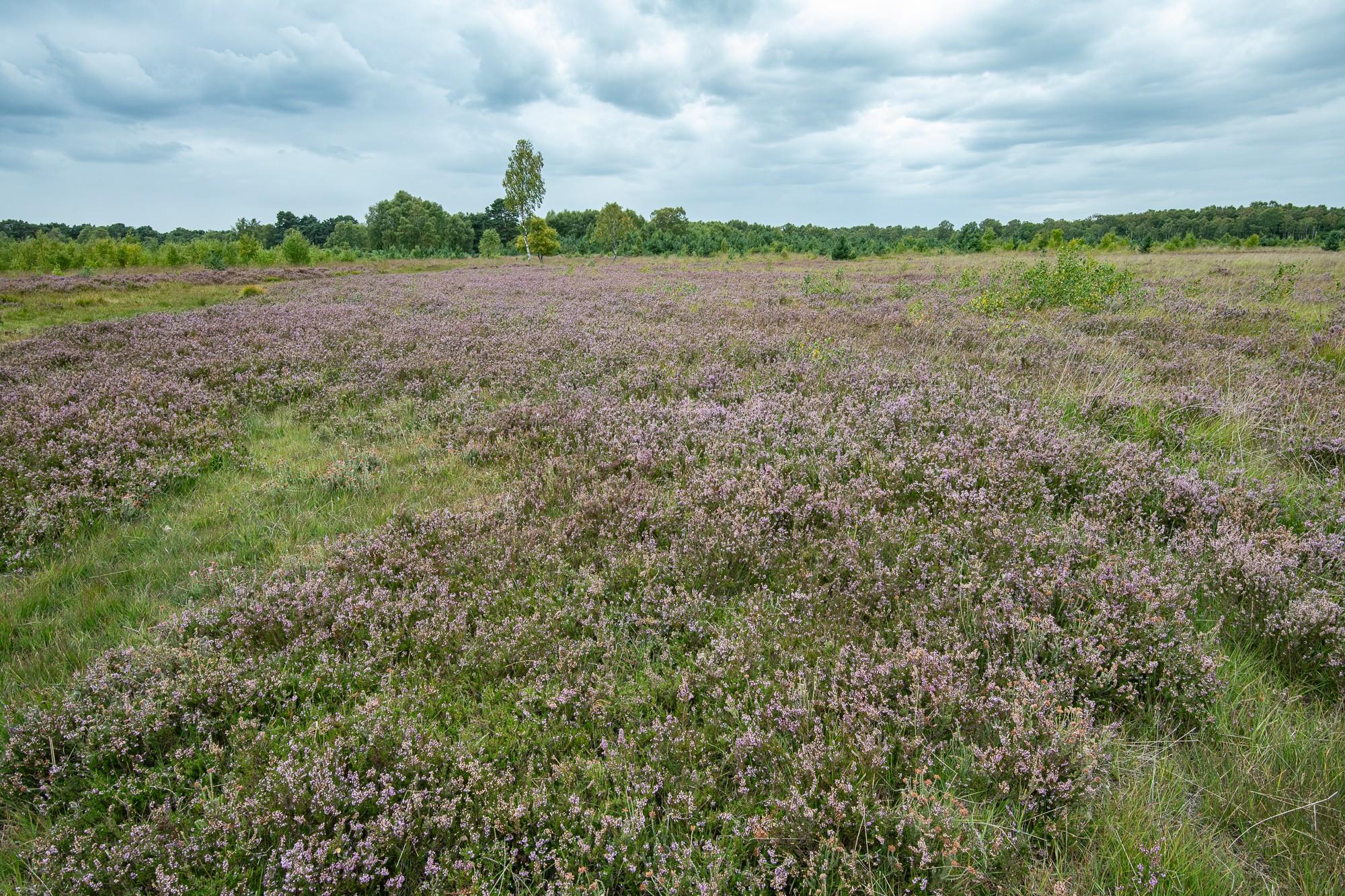
Late summer heather